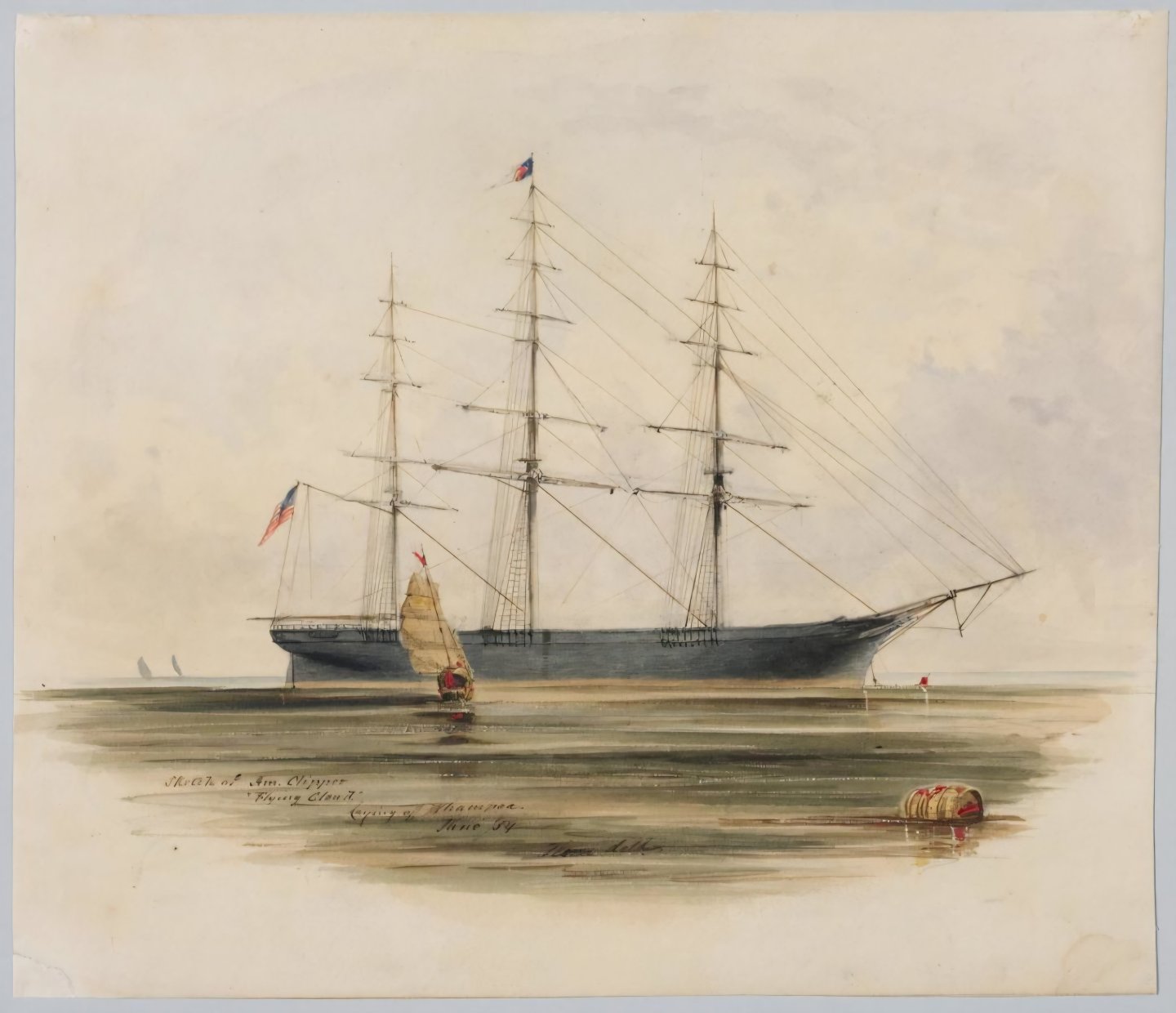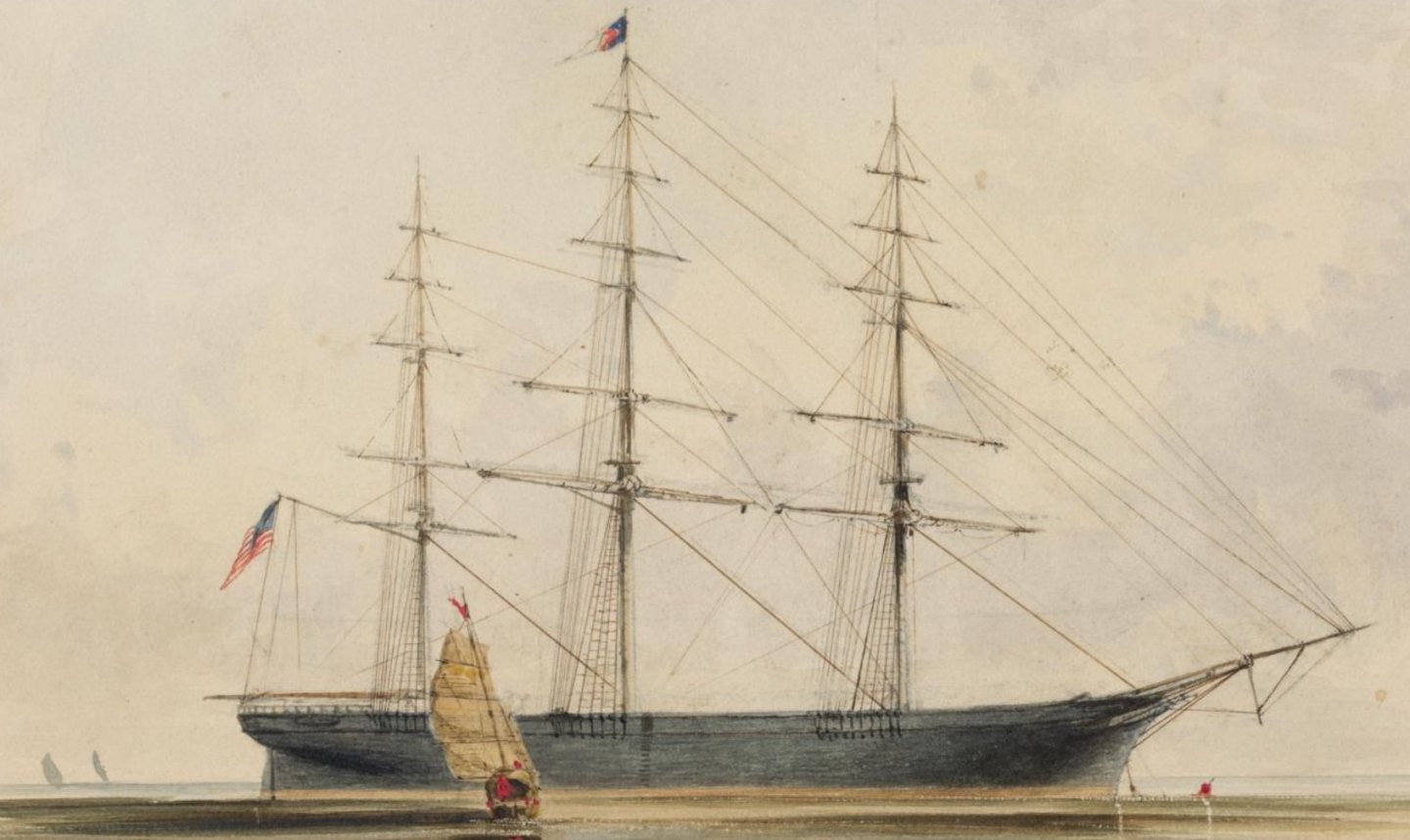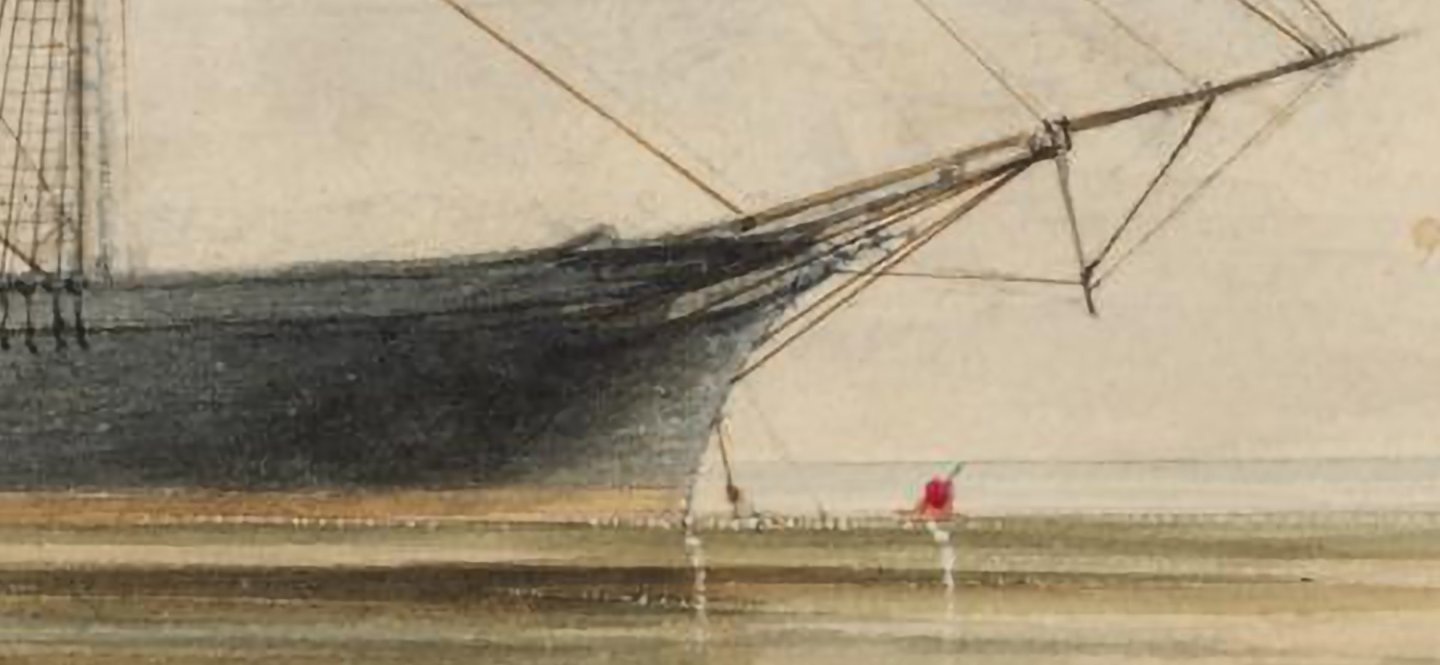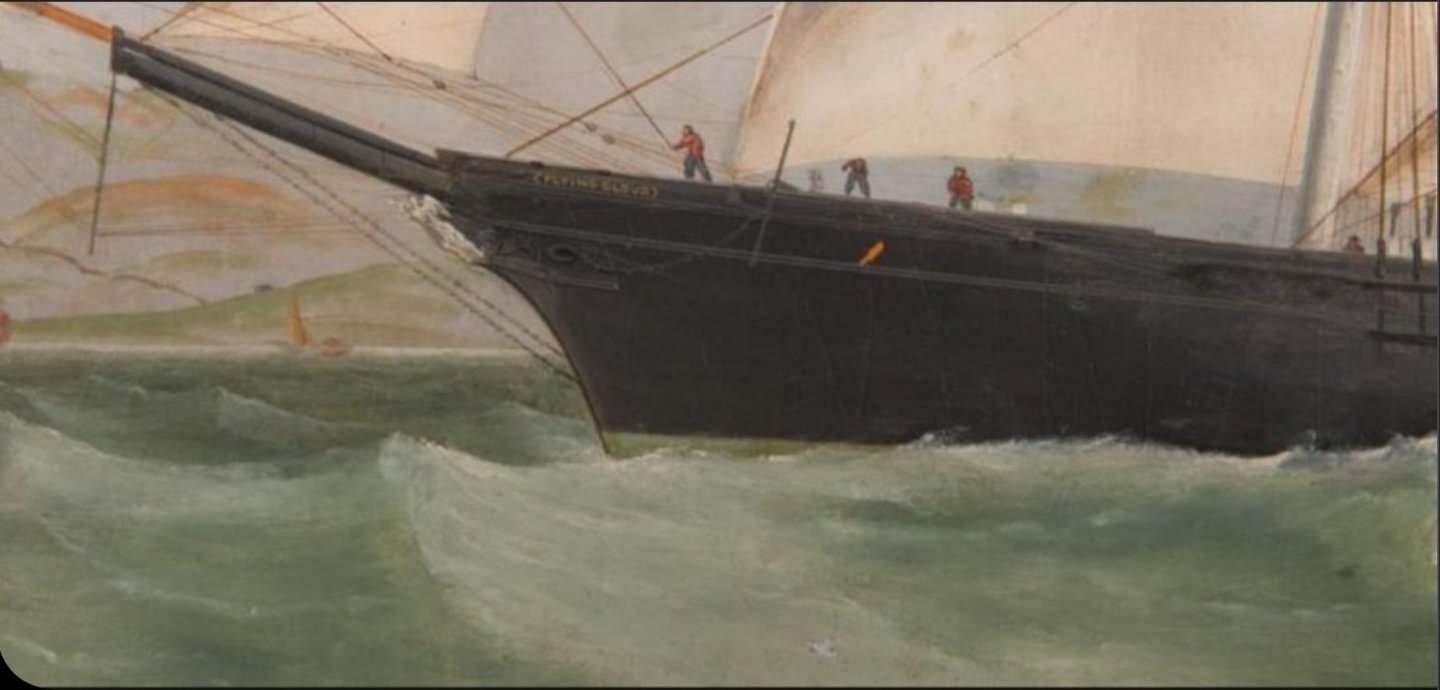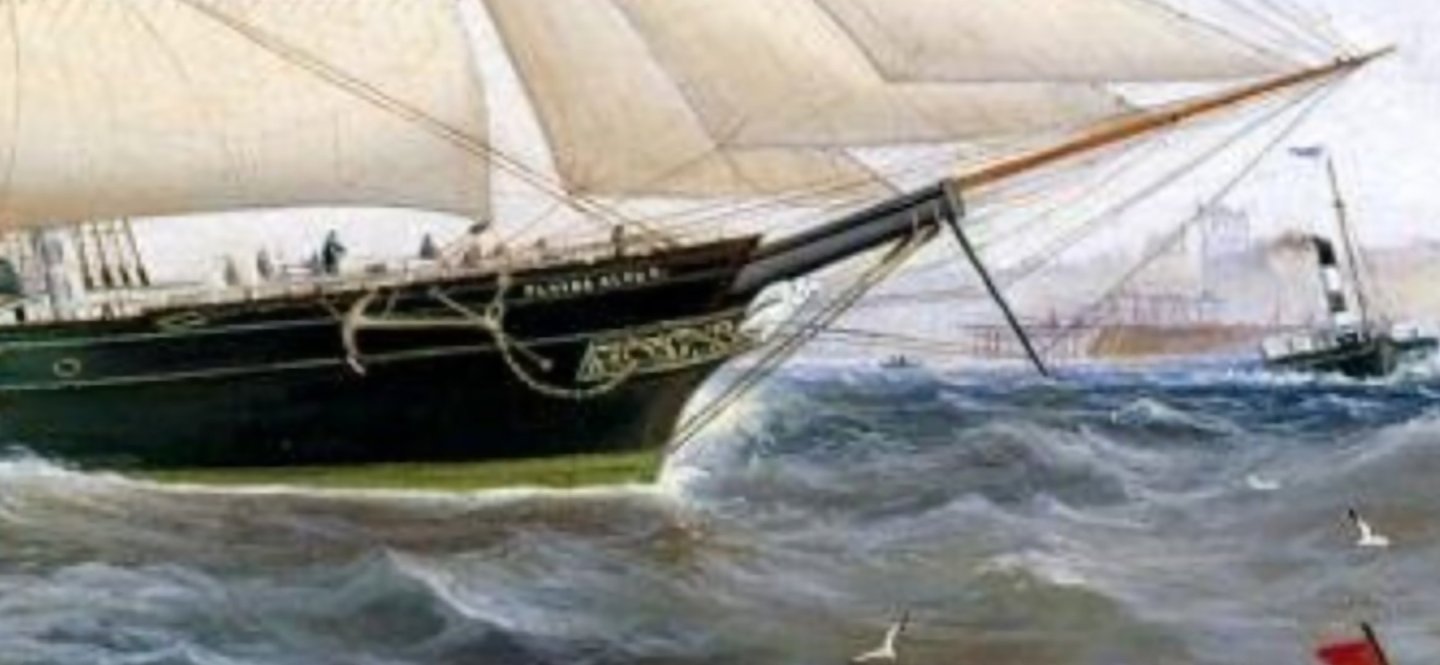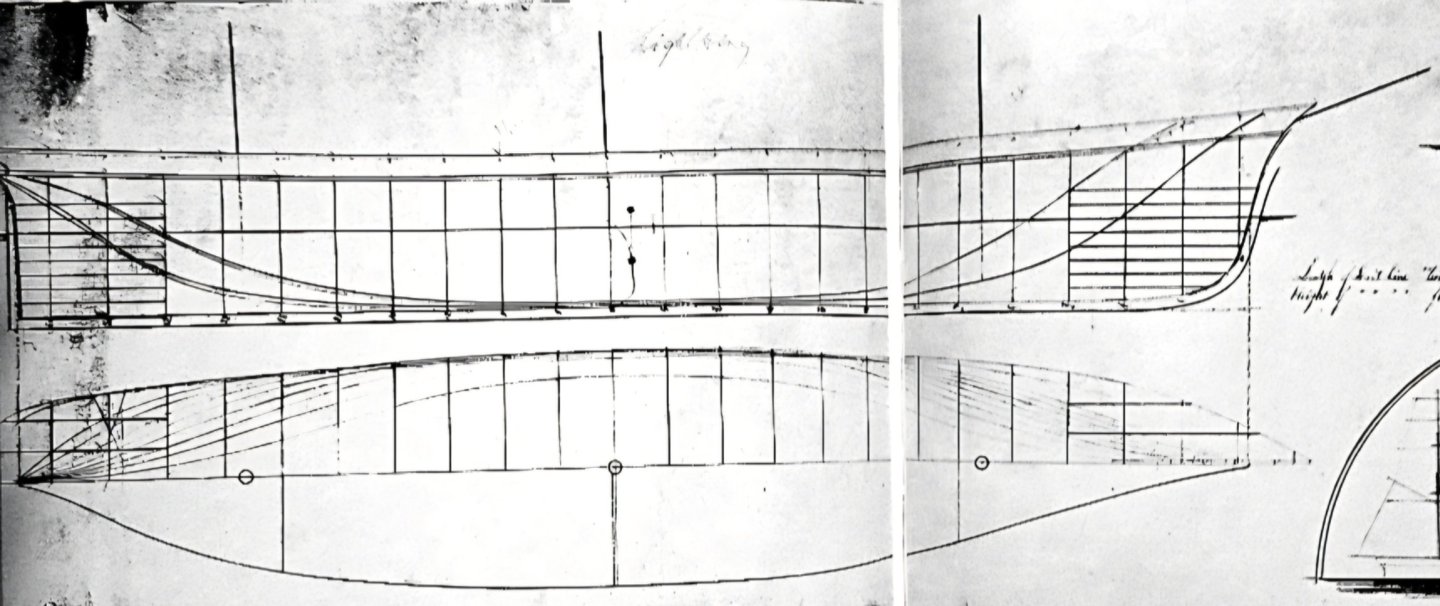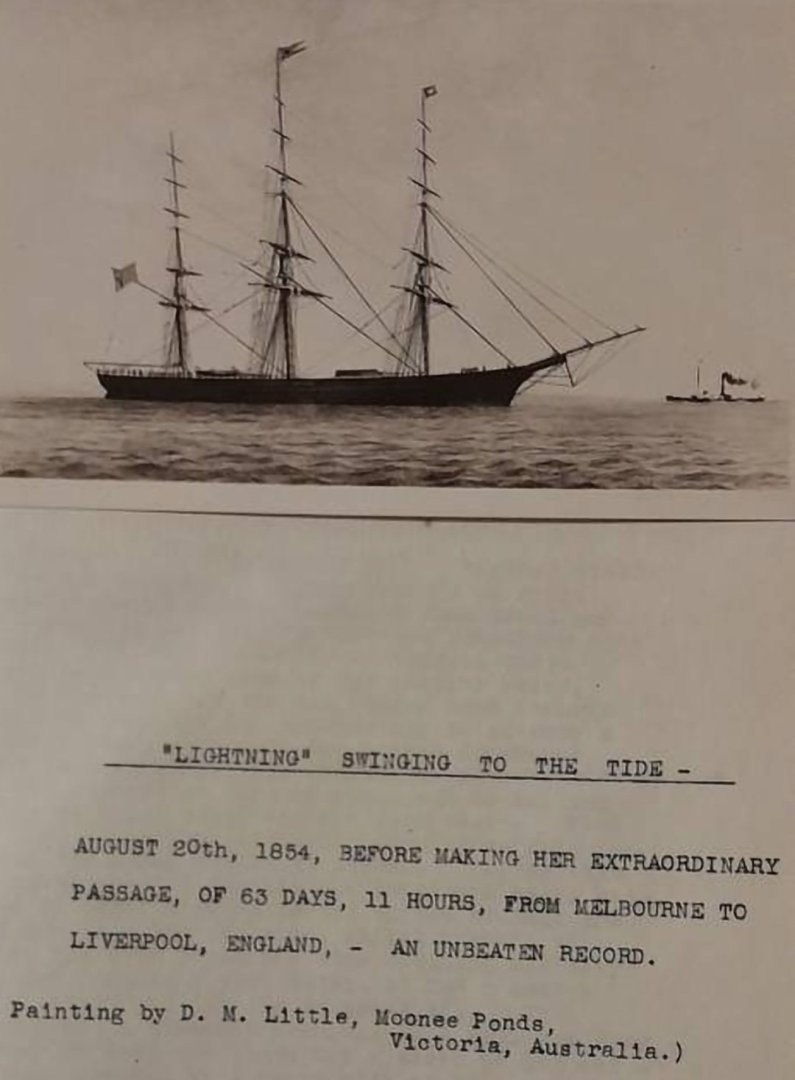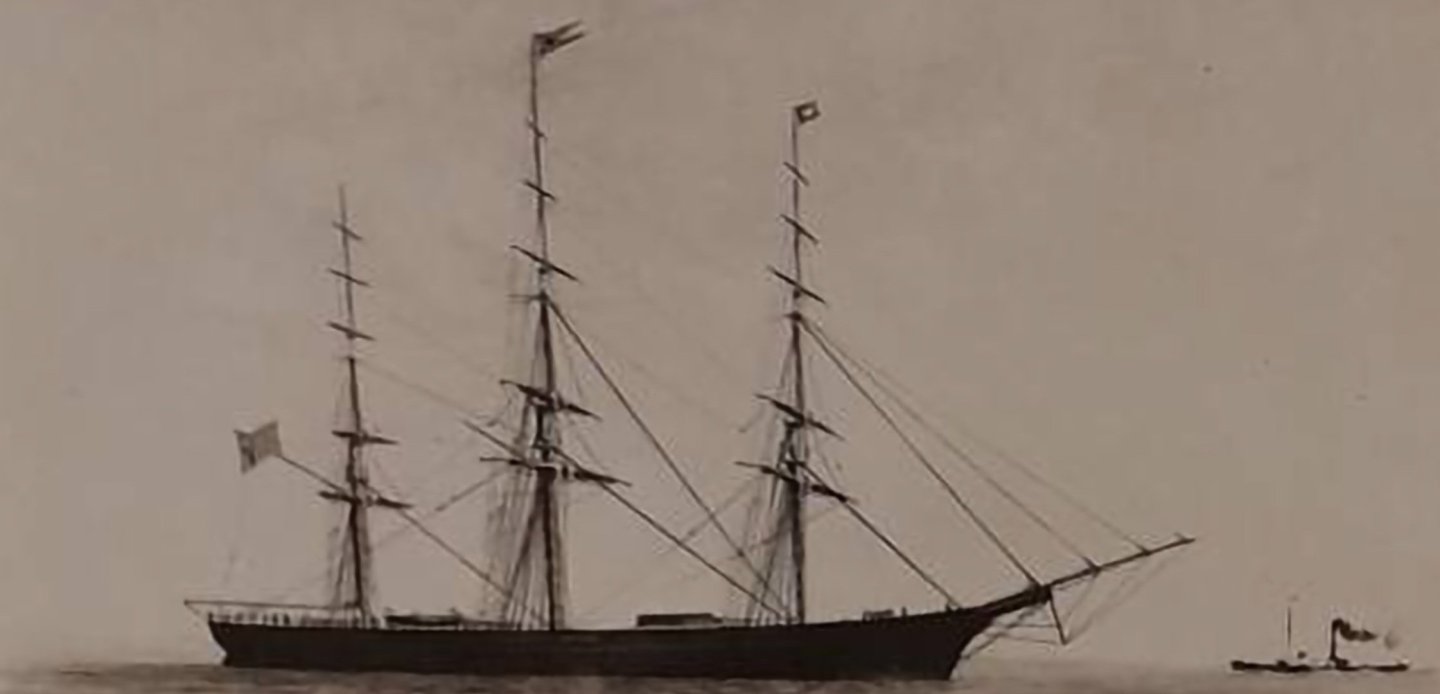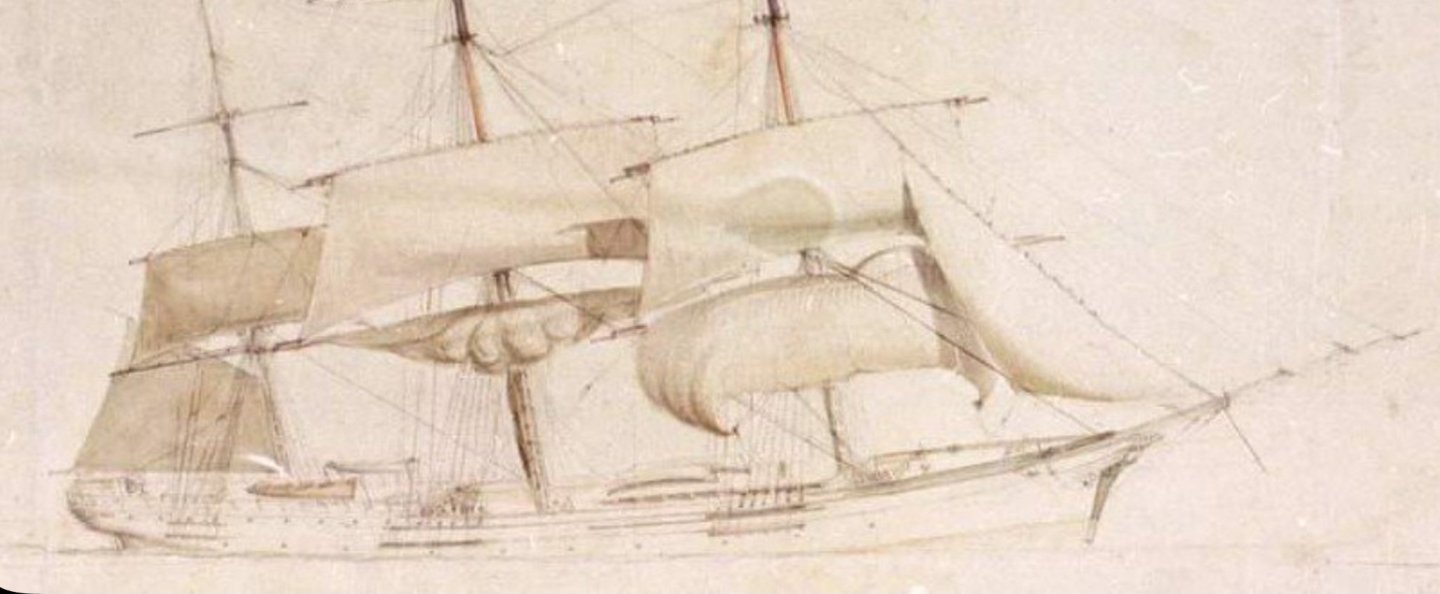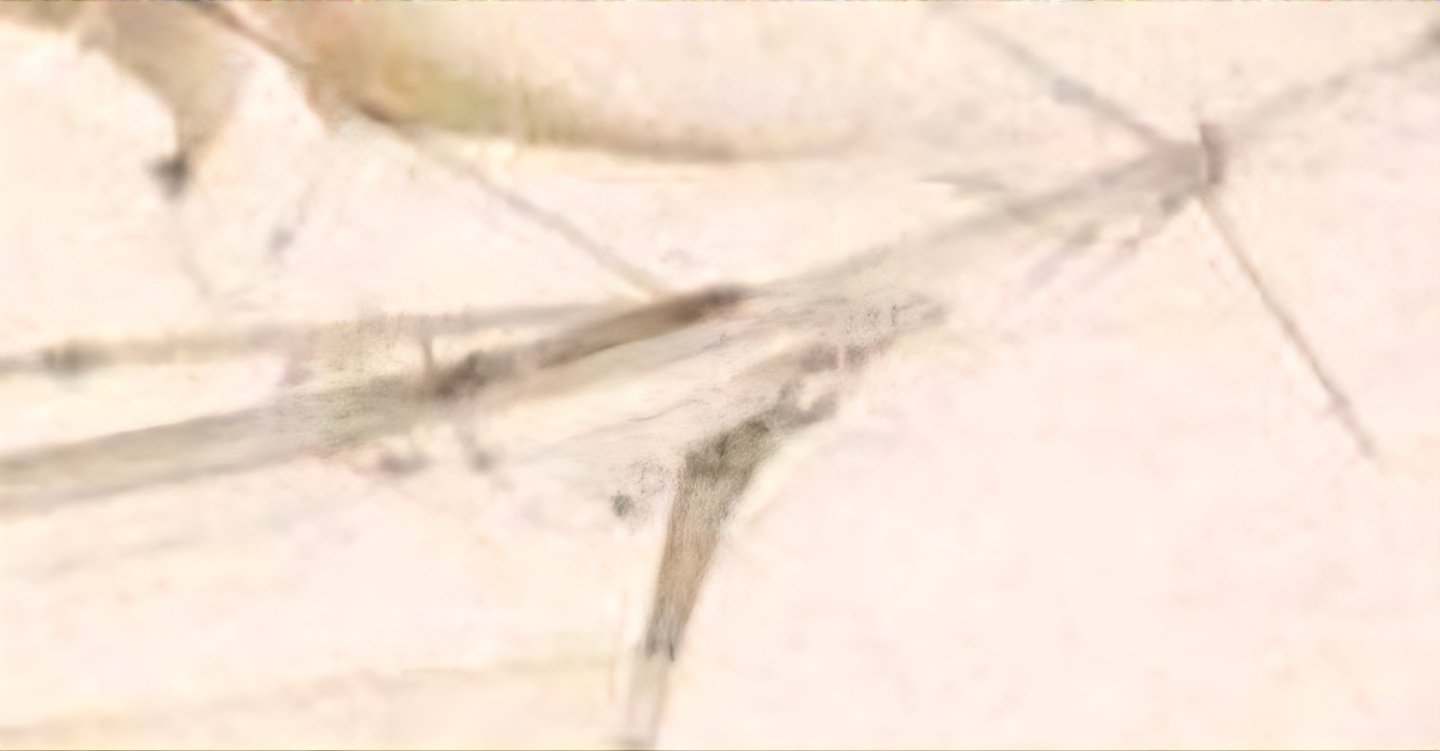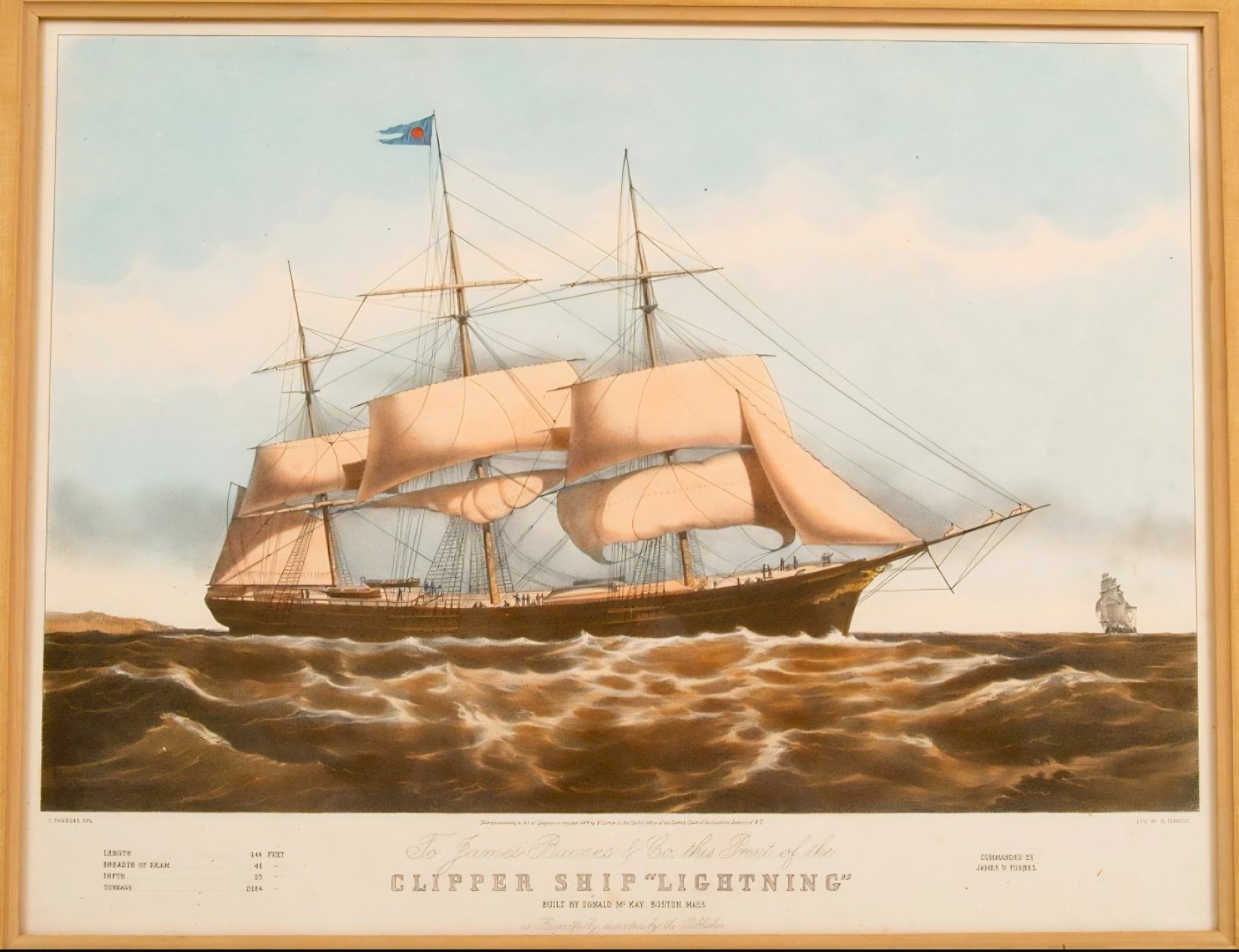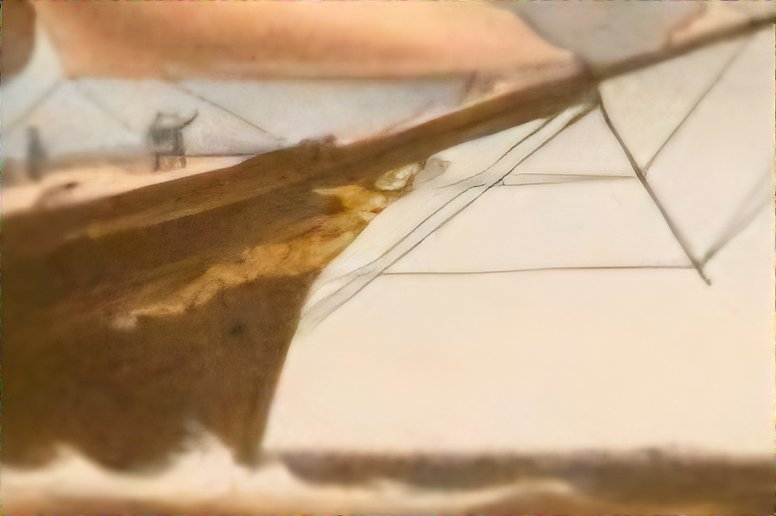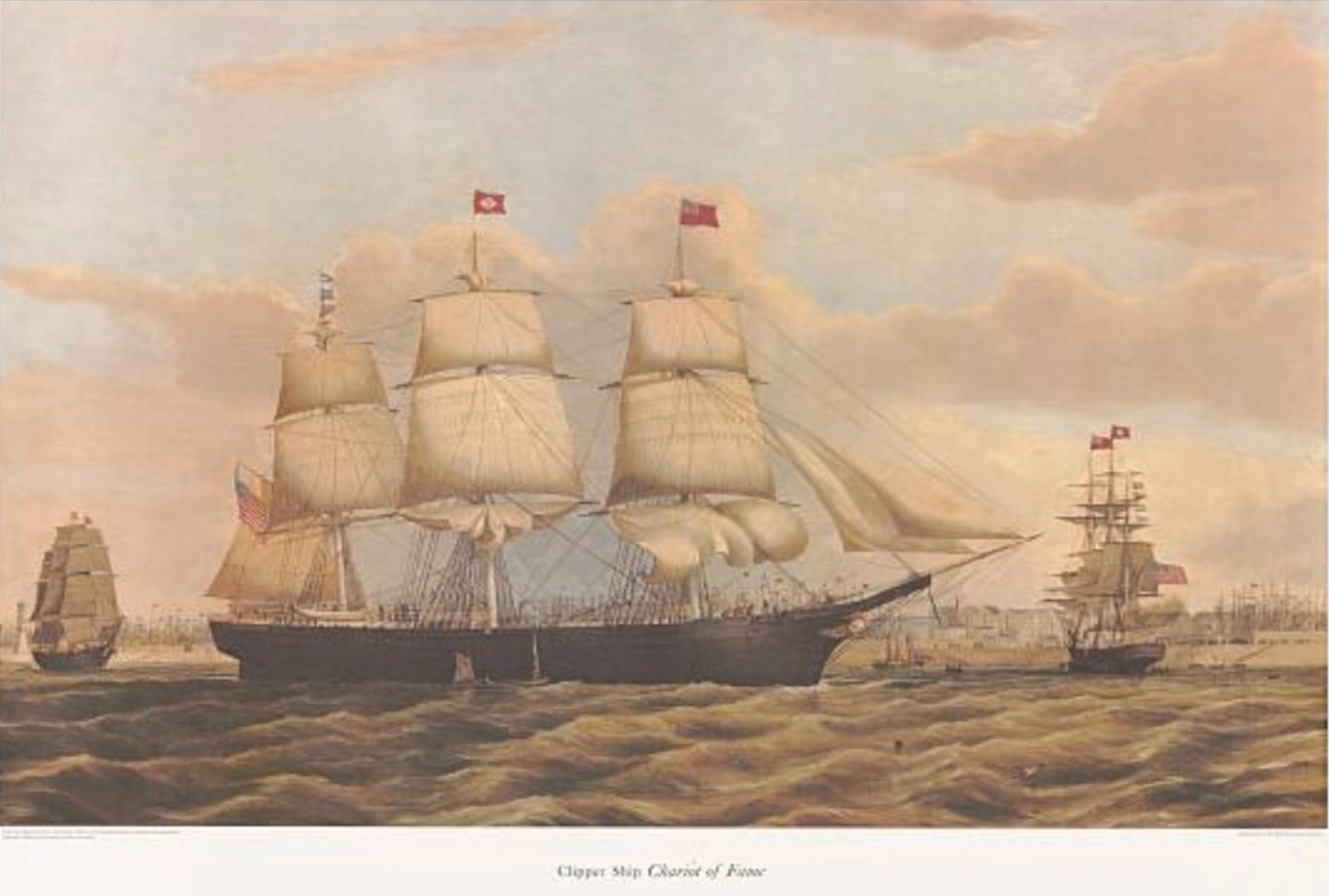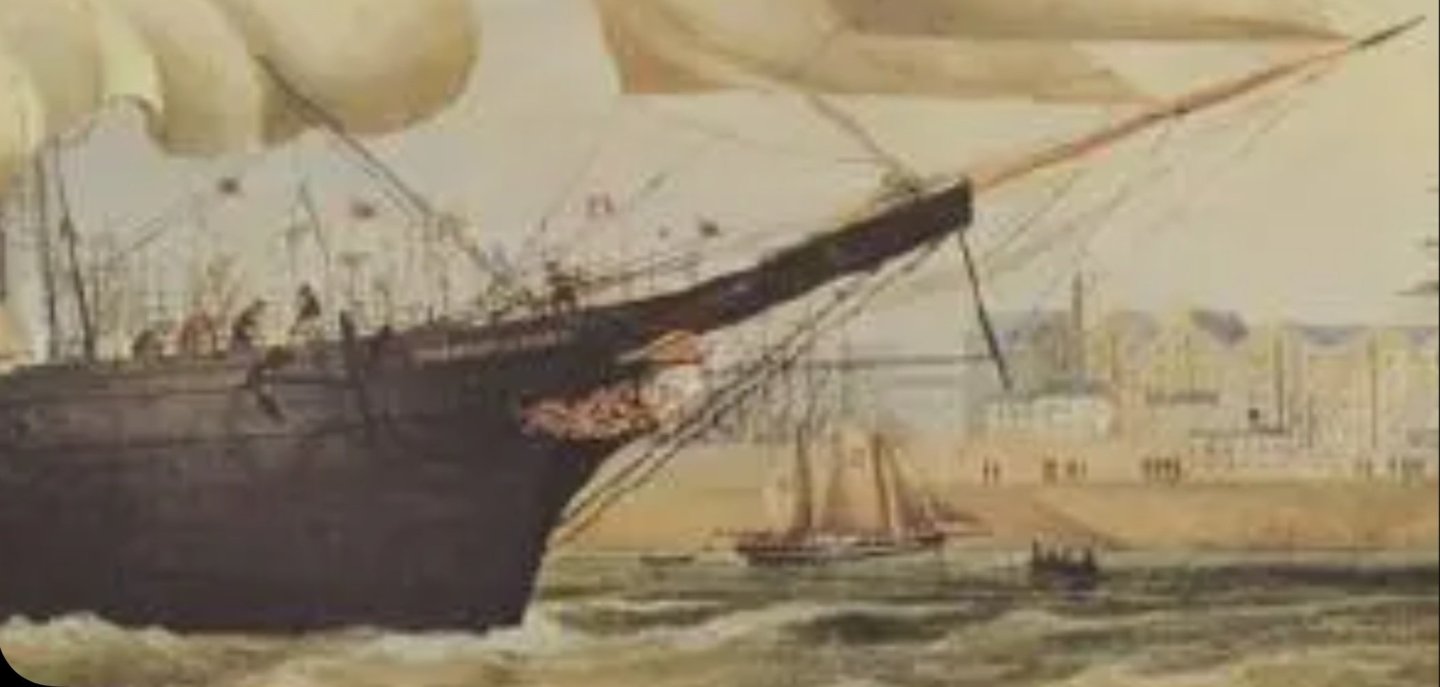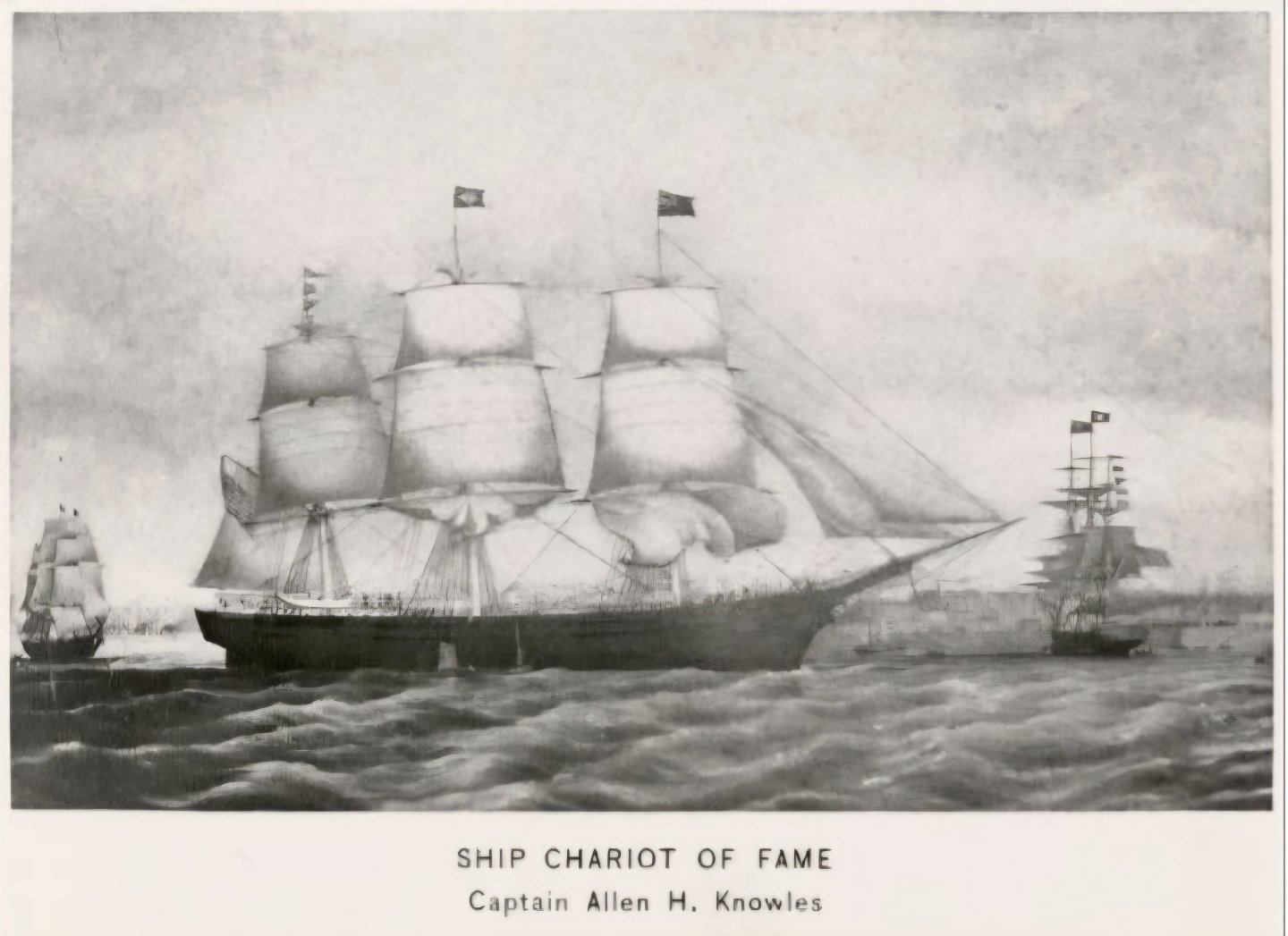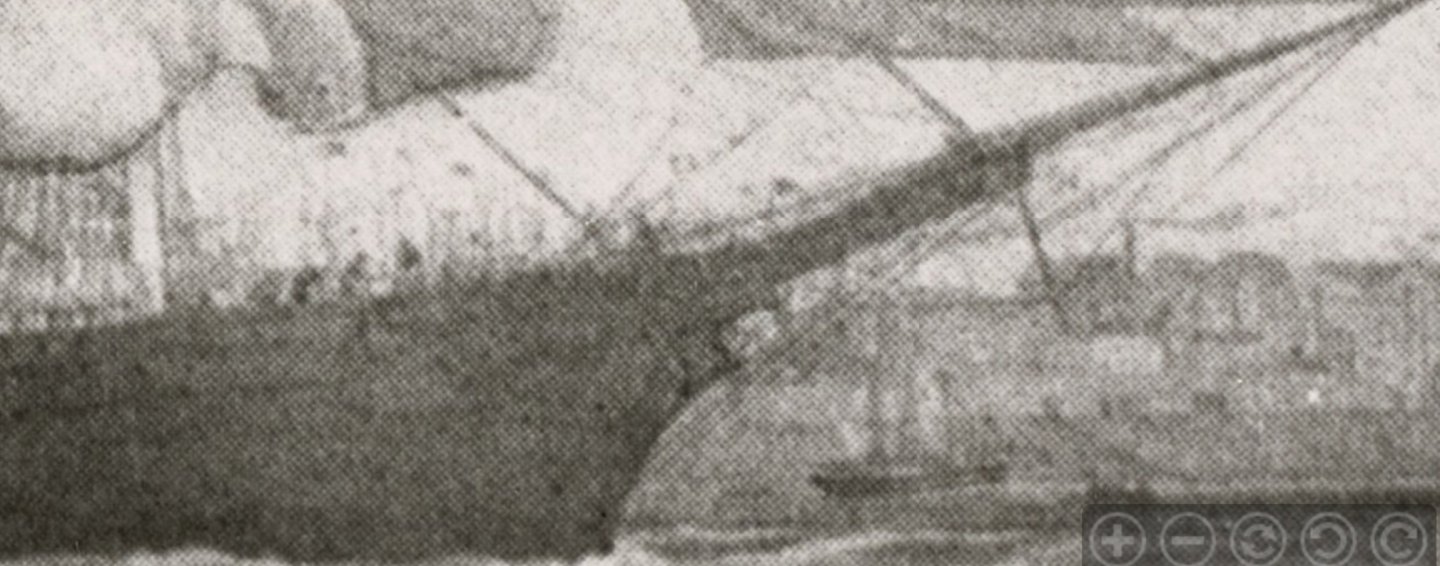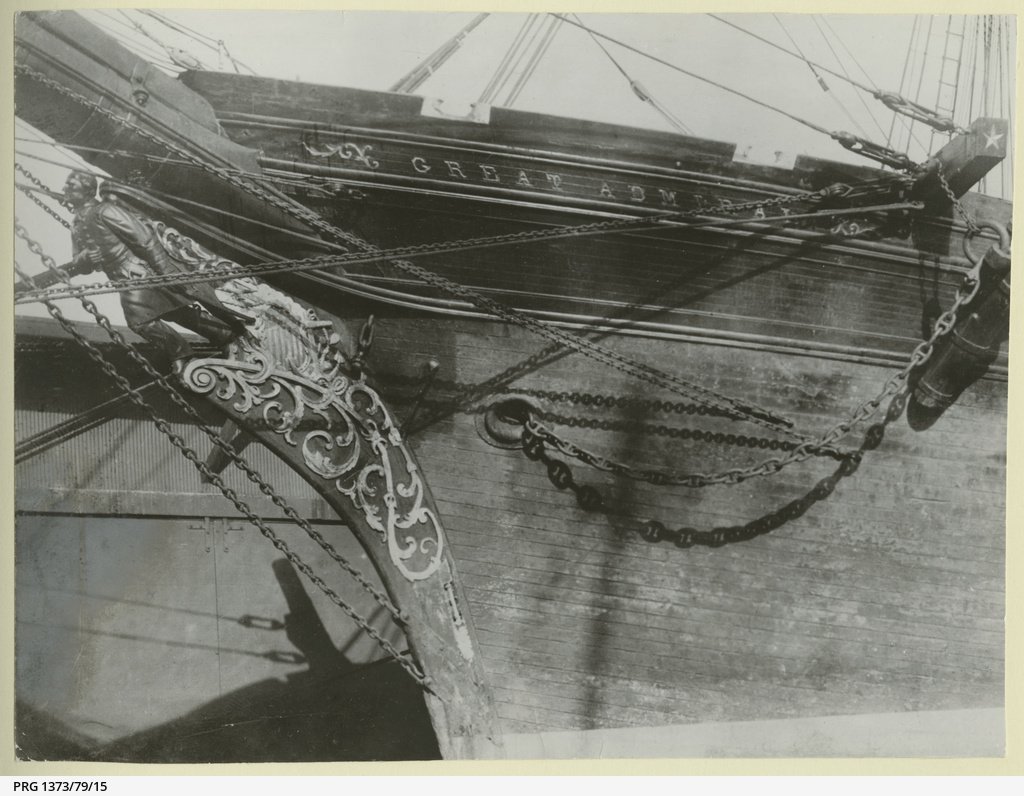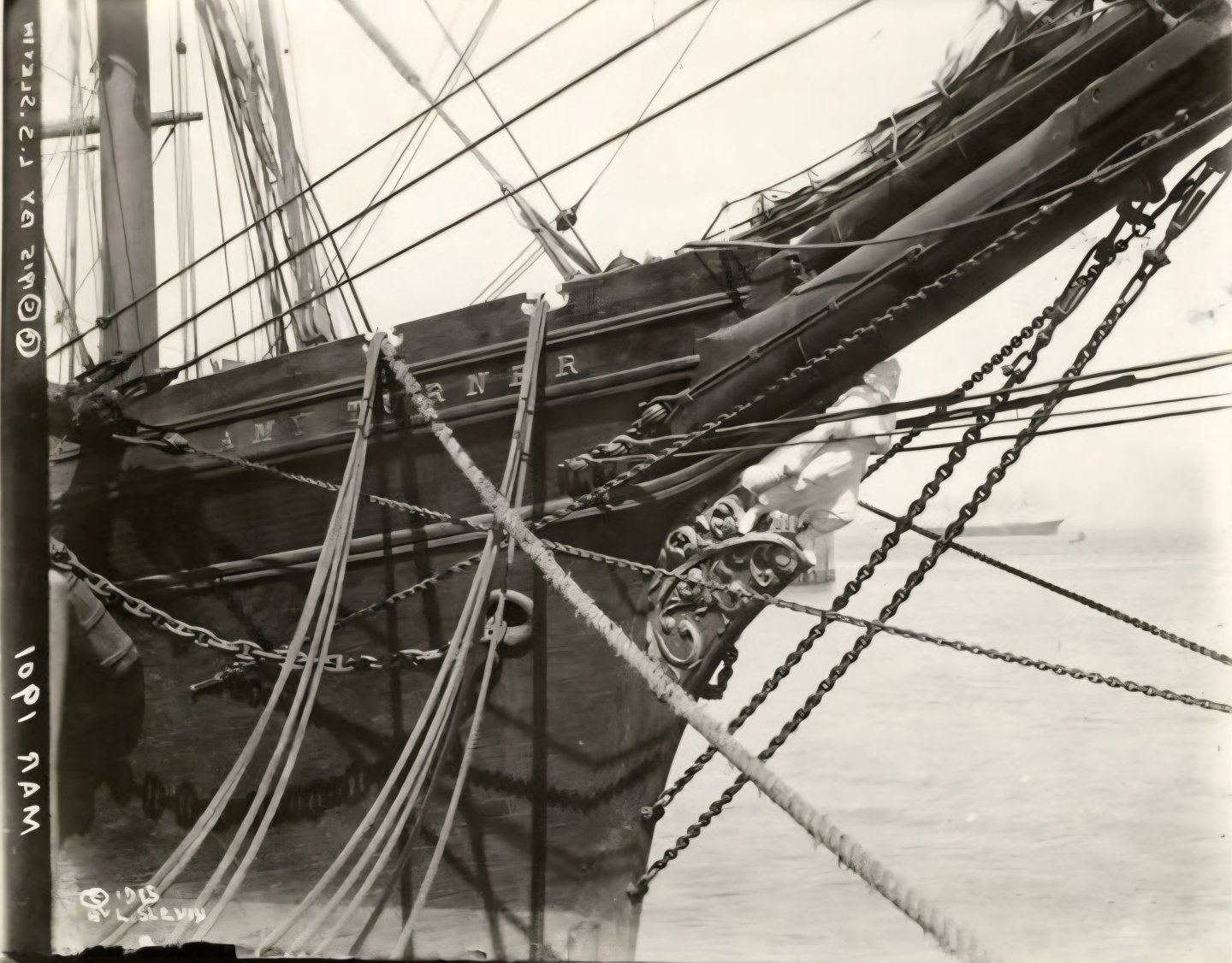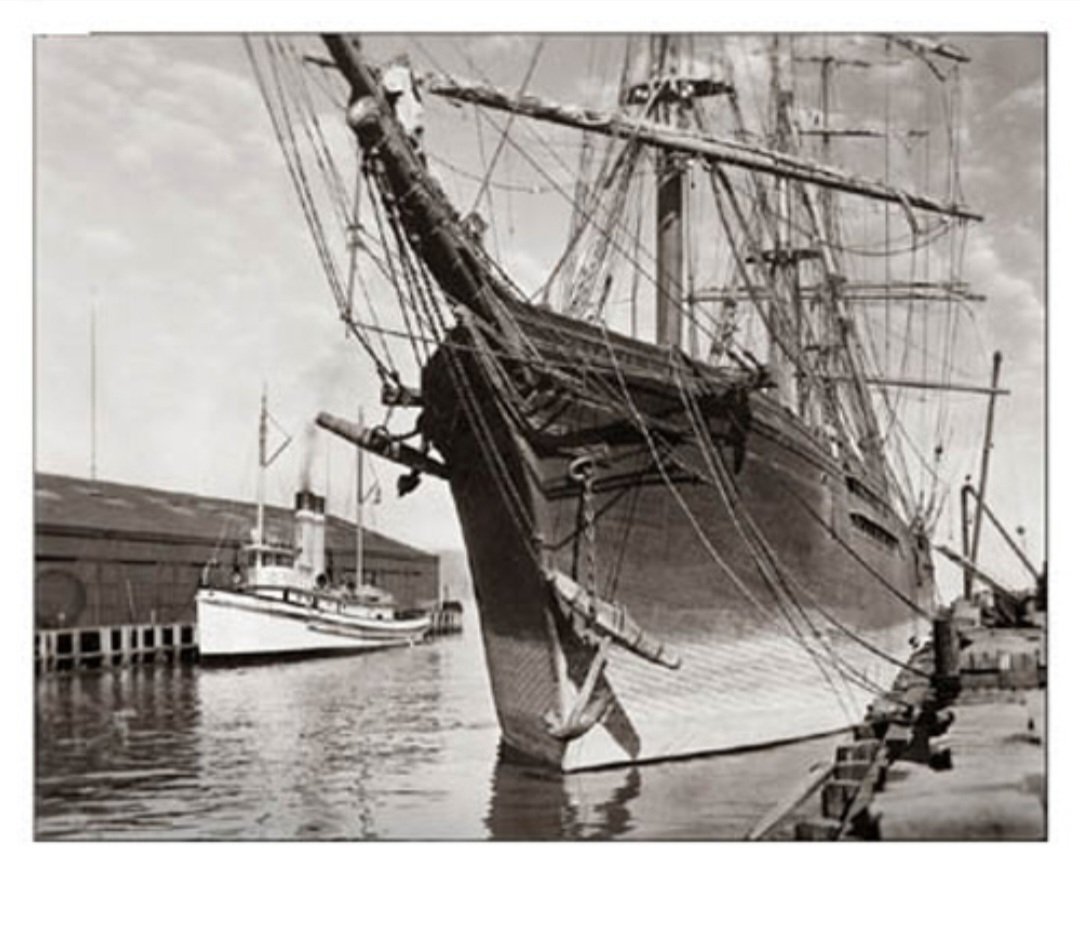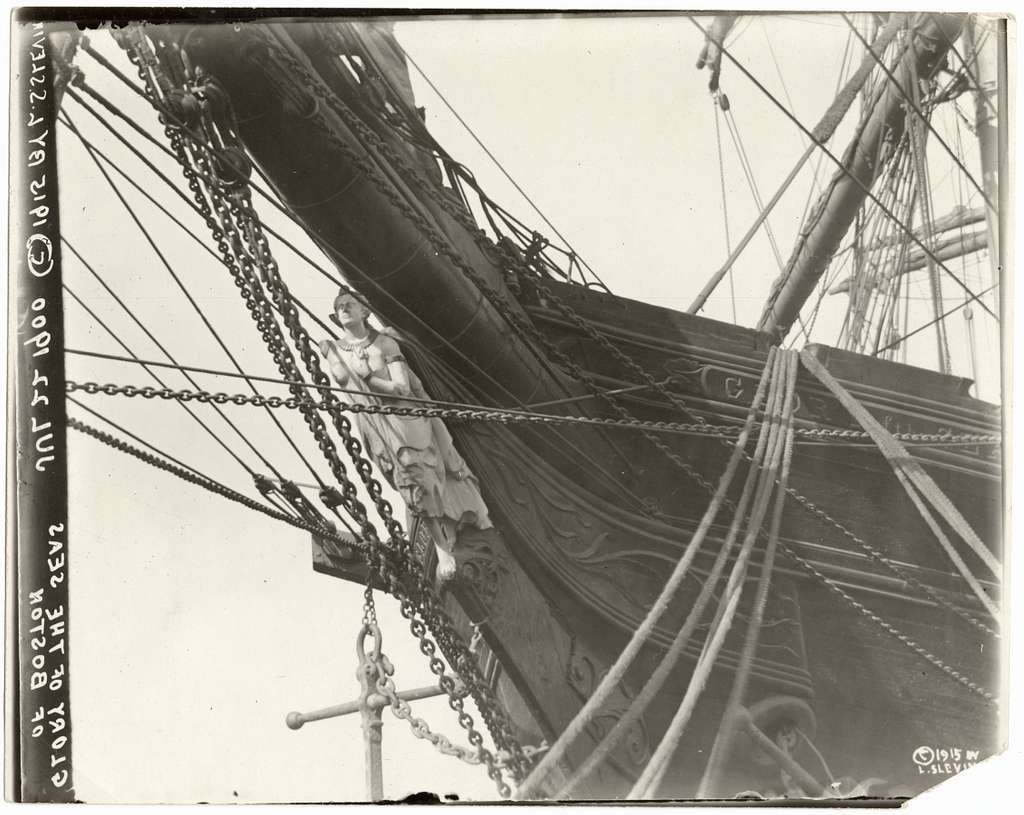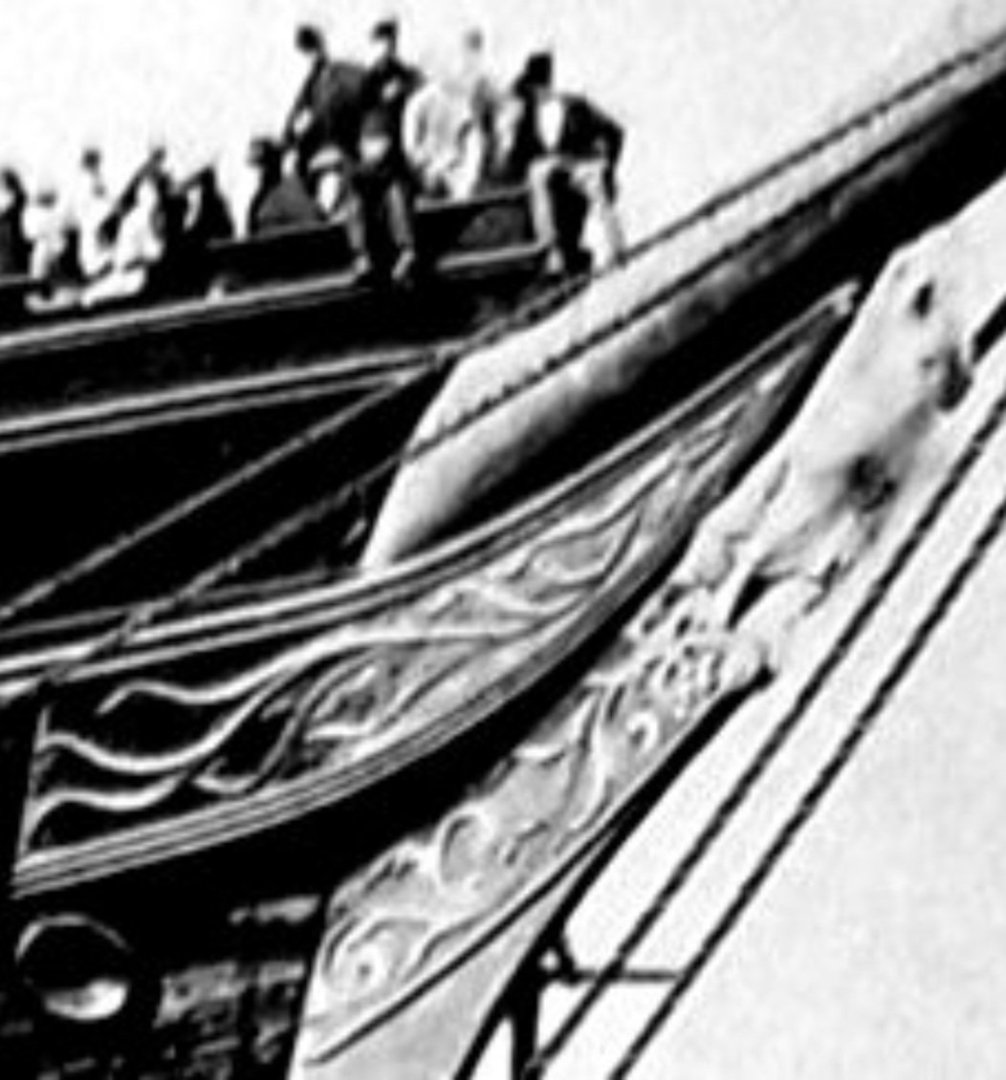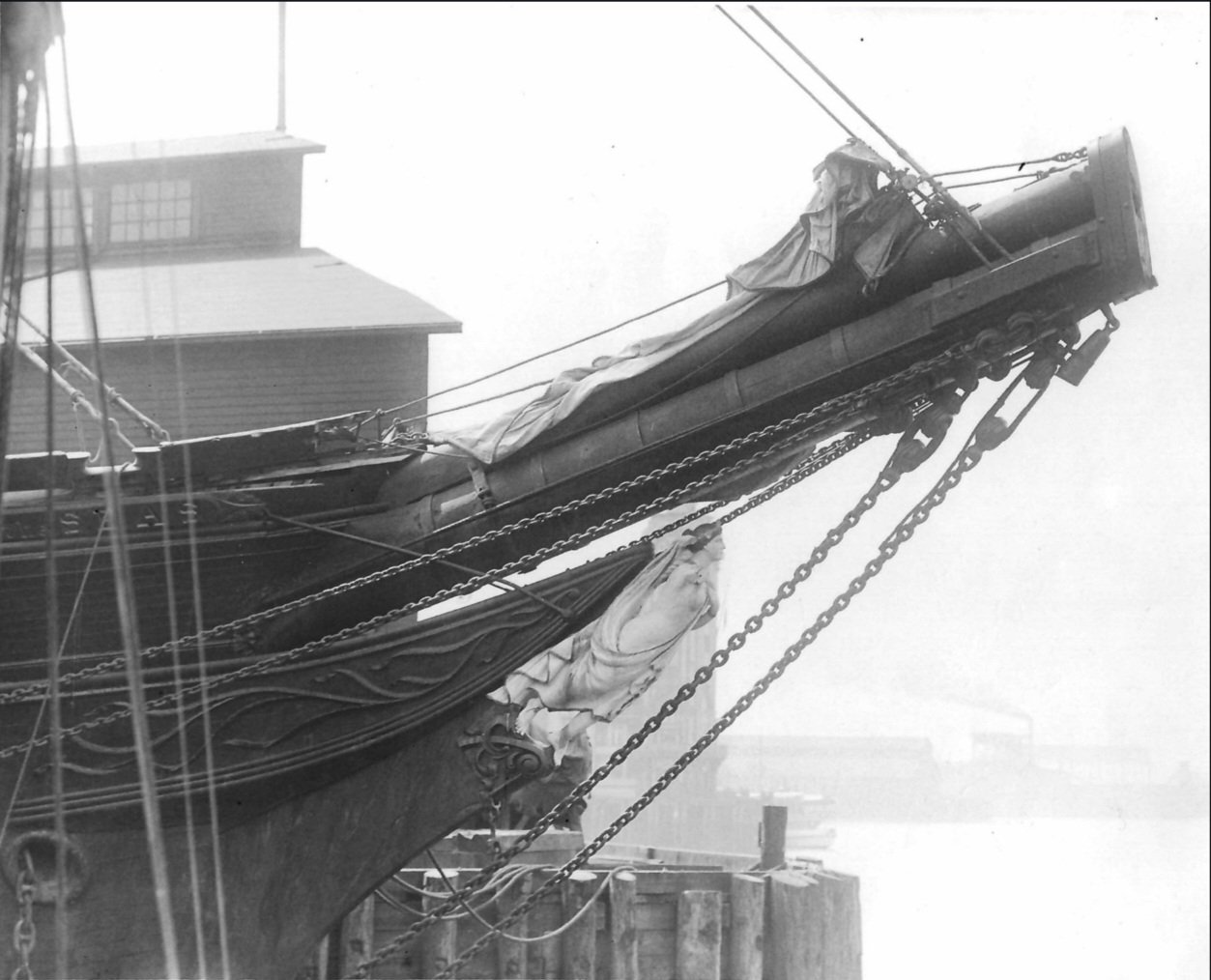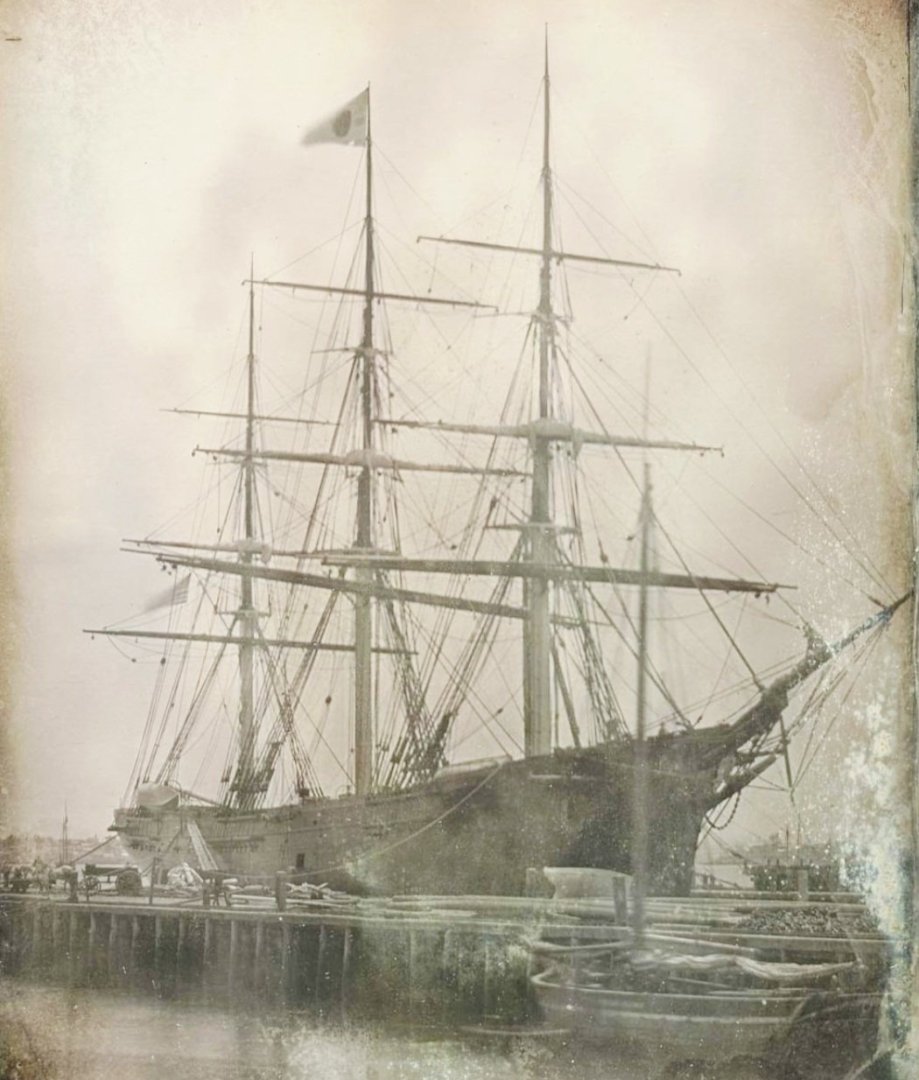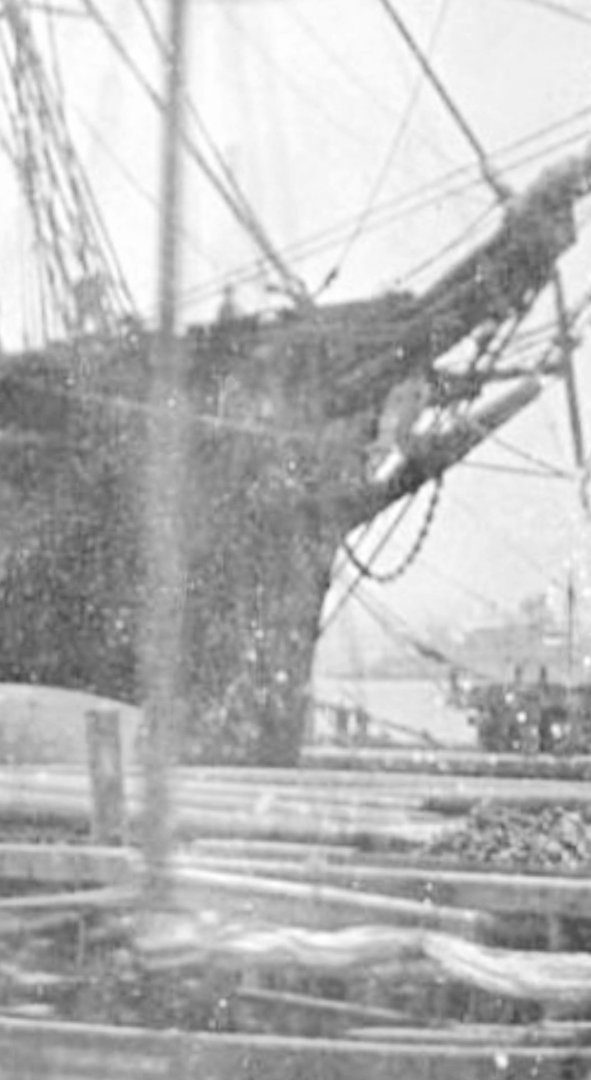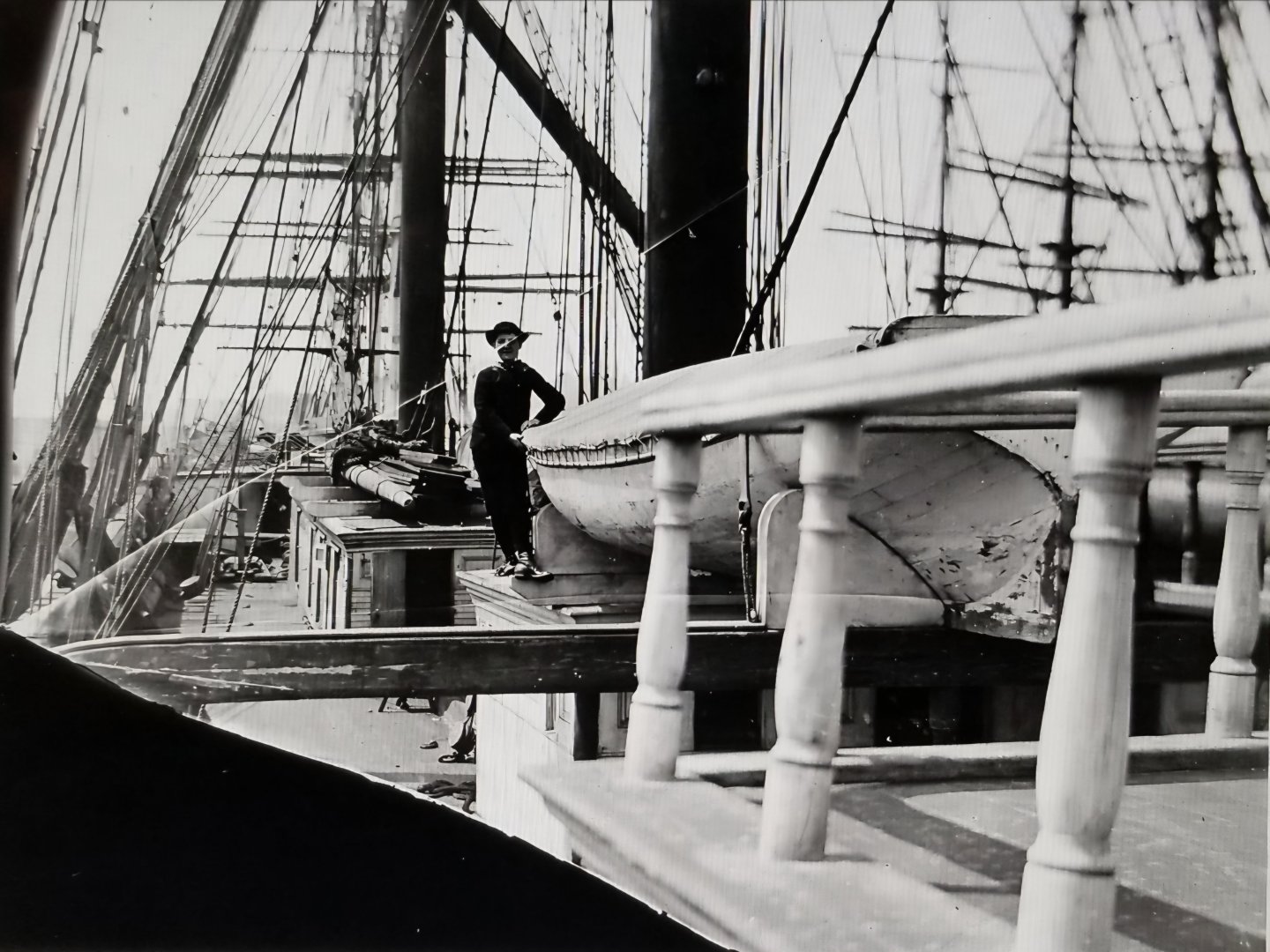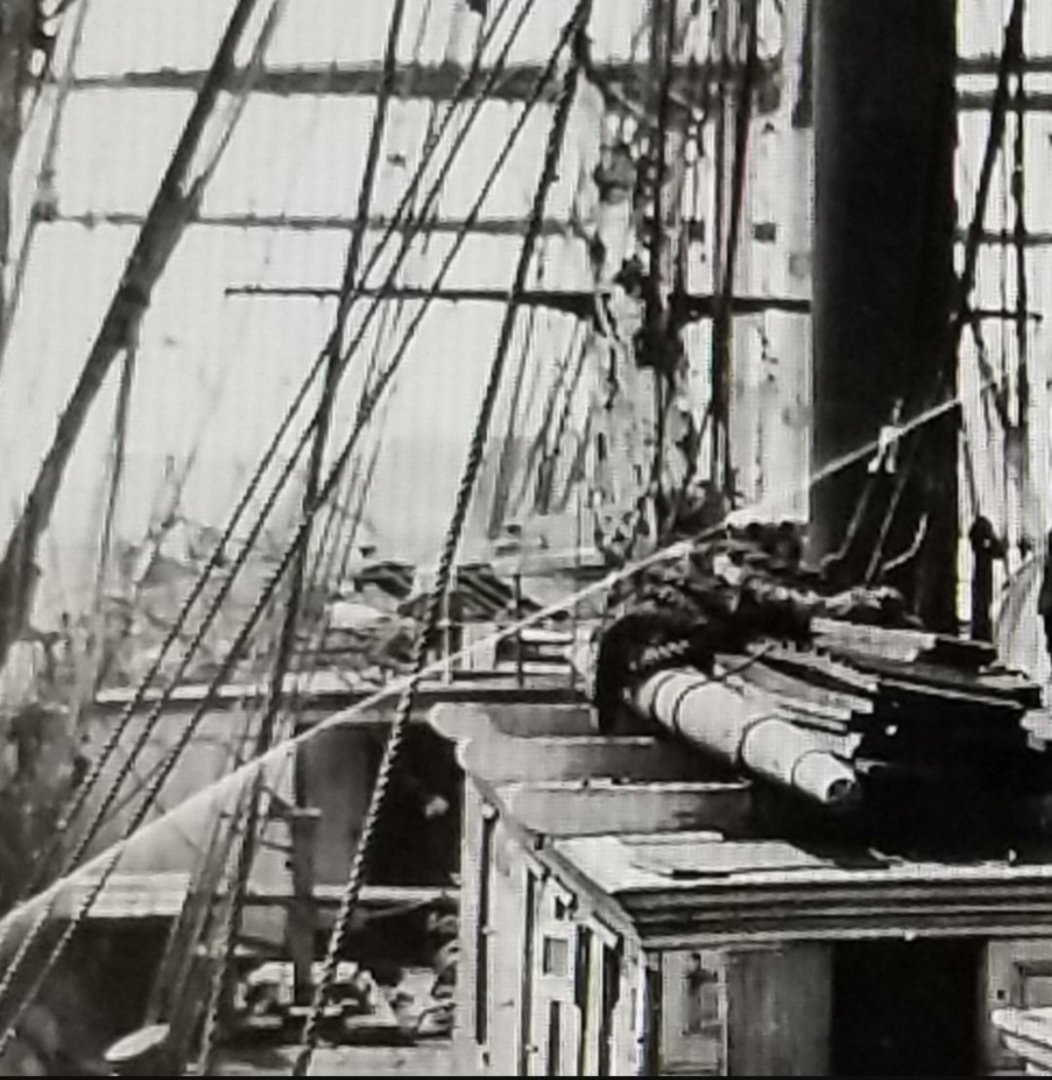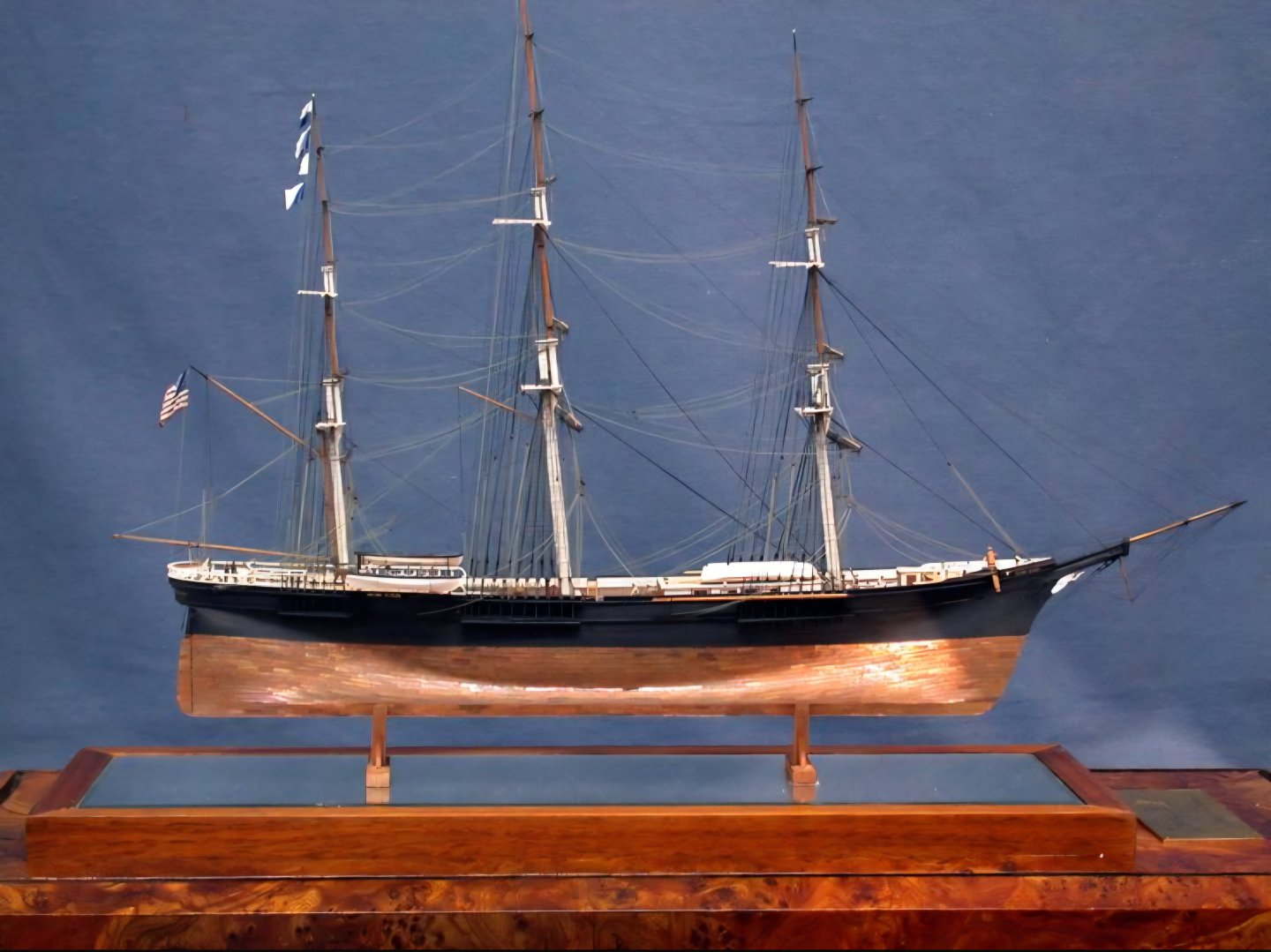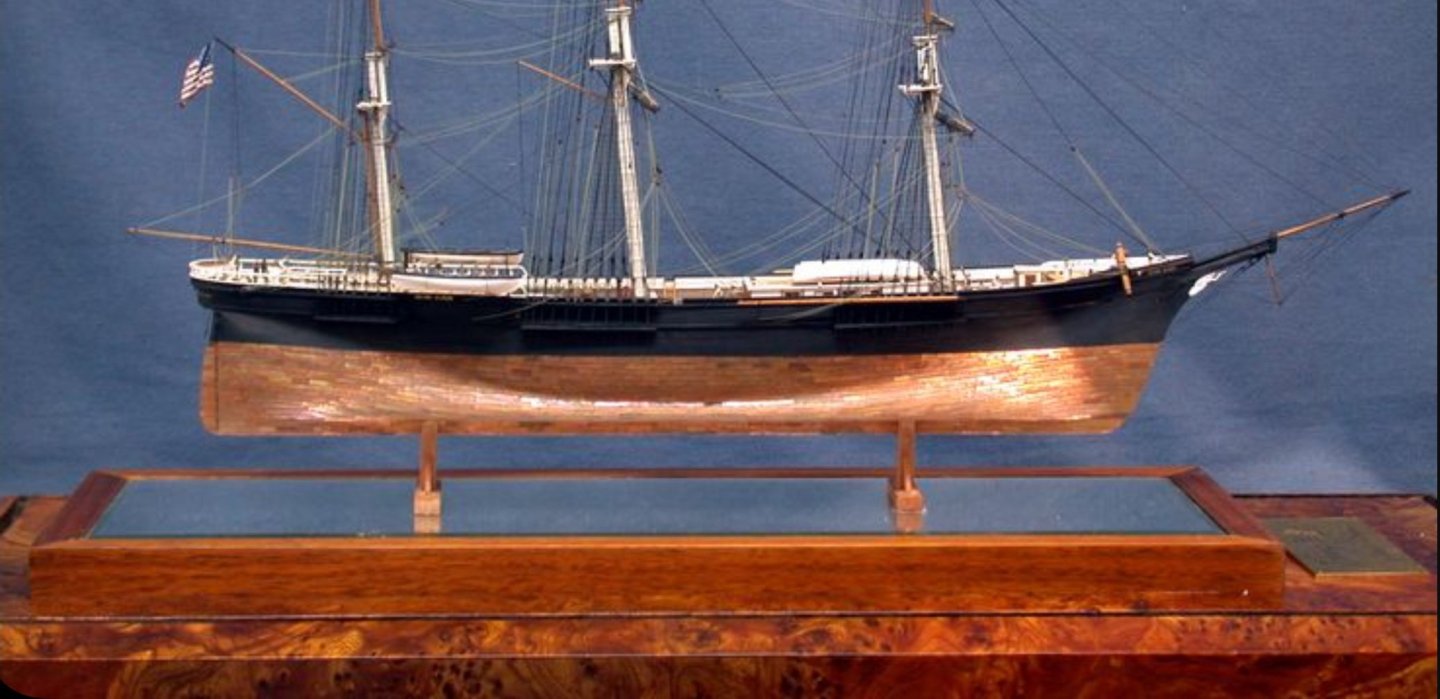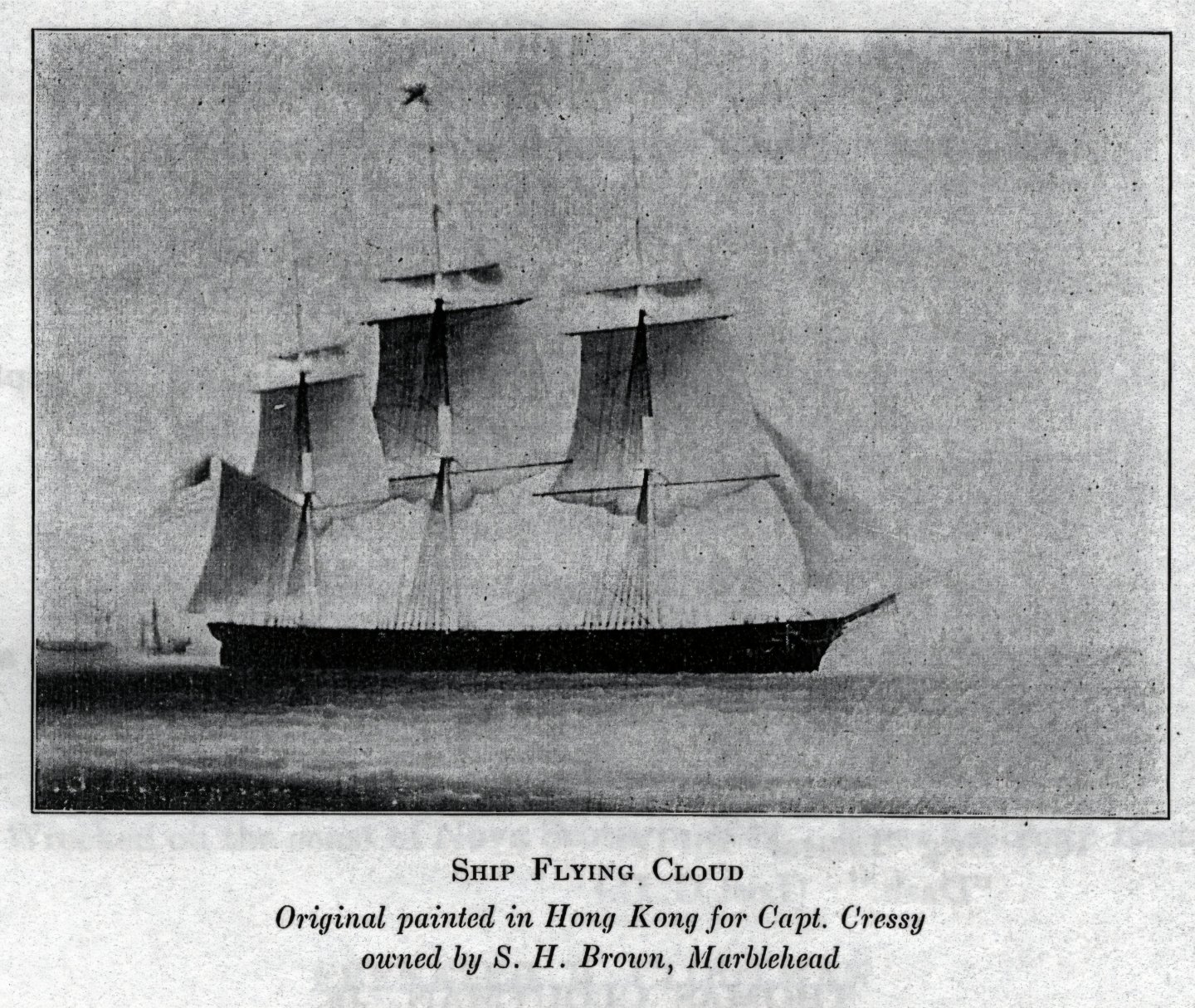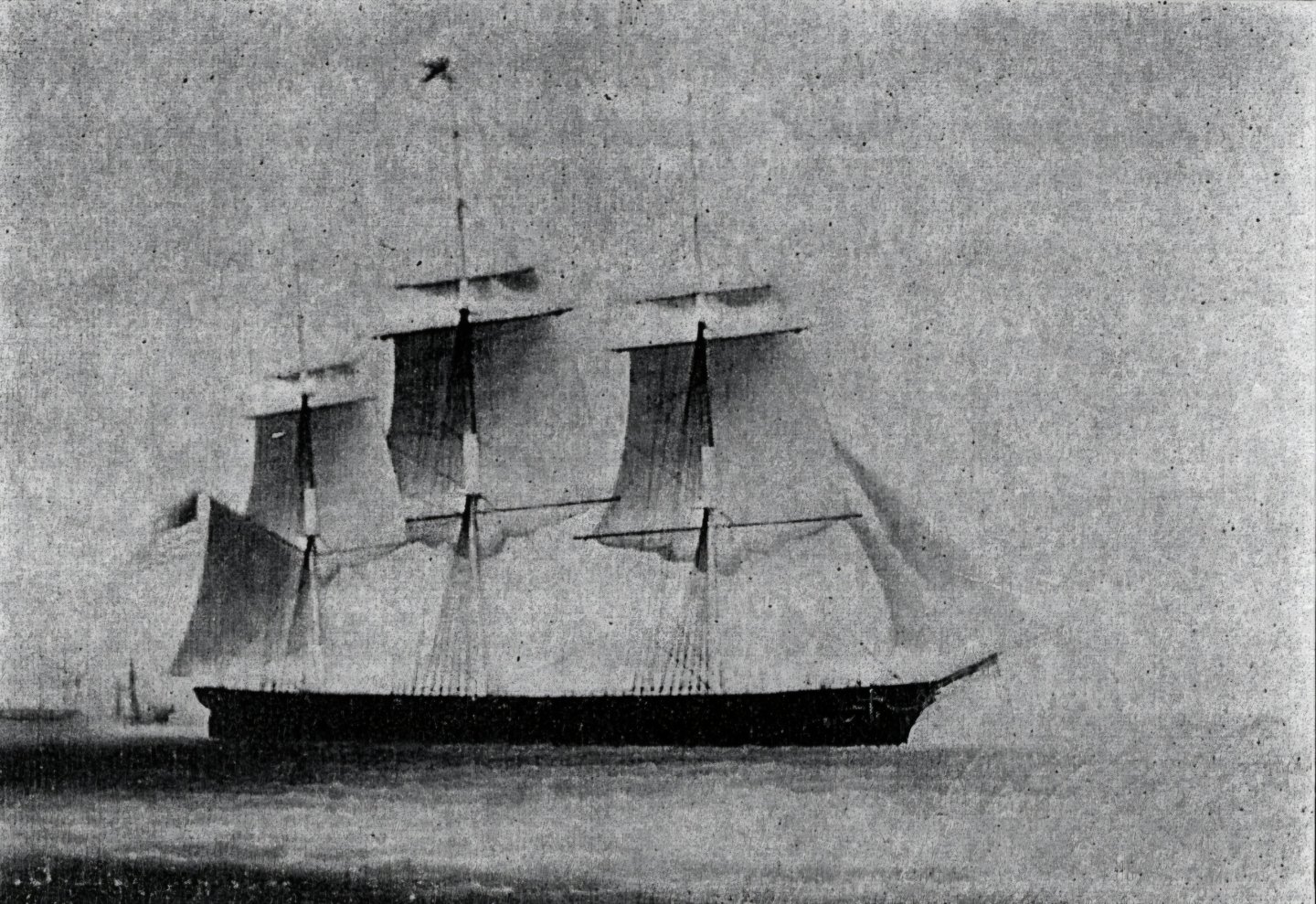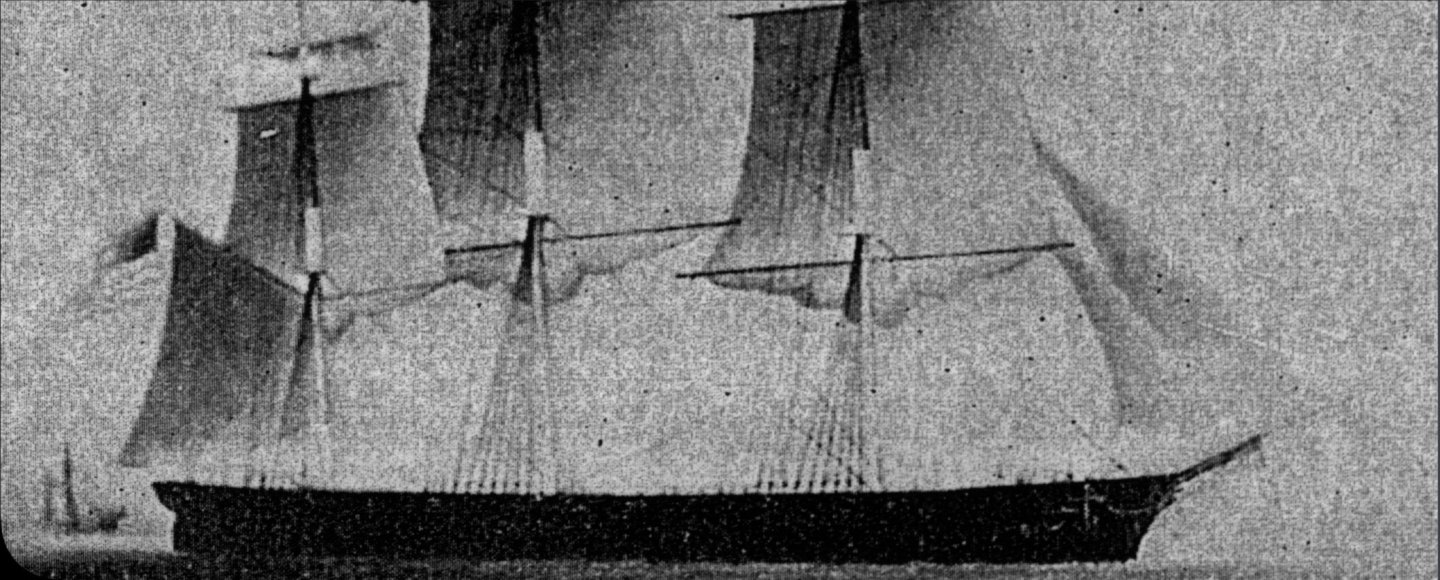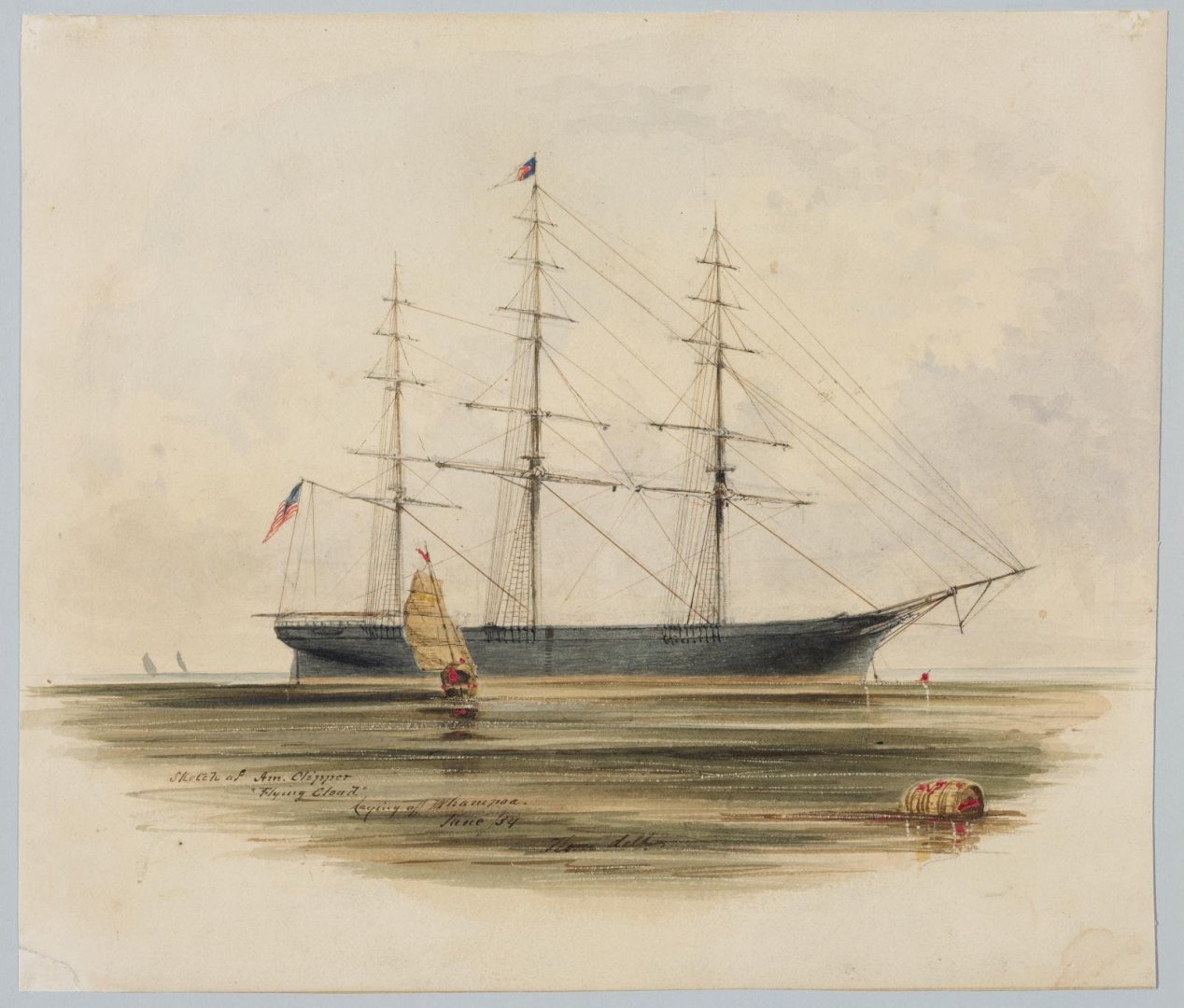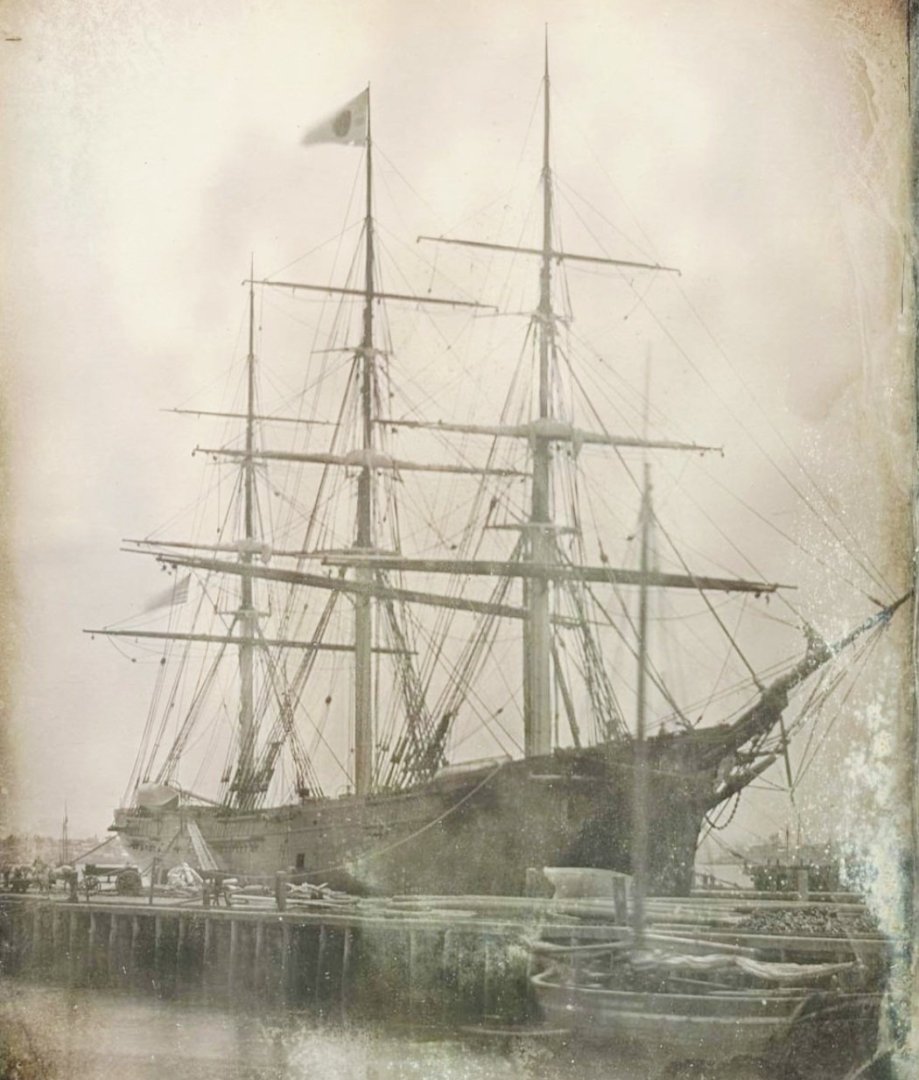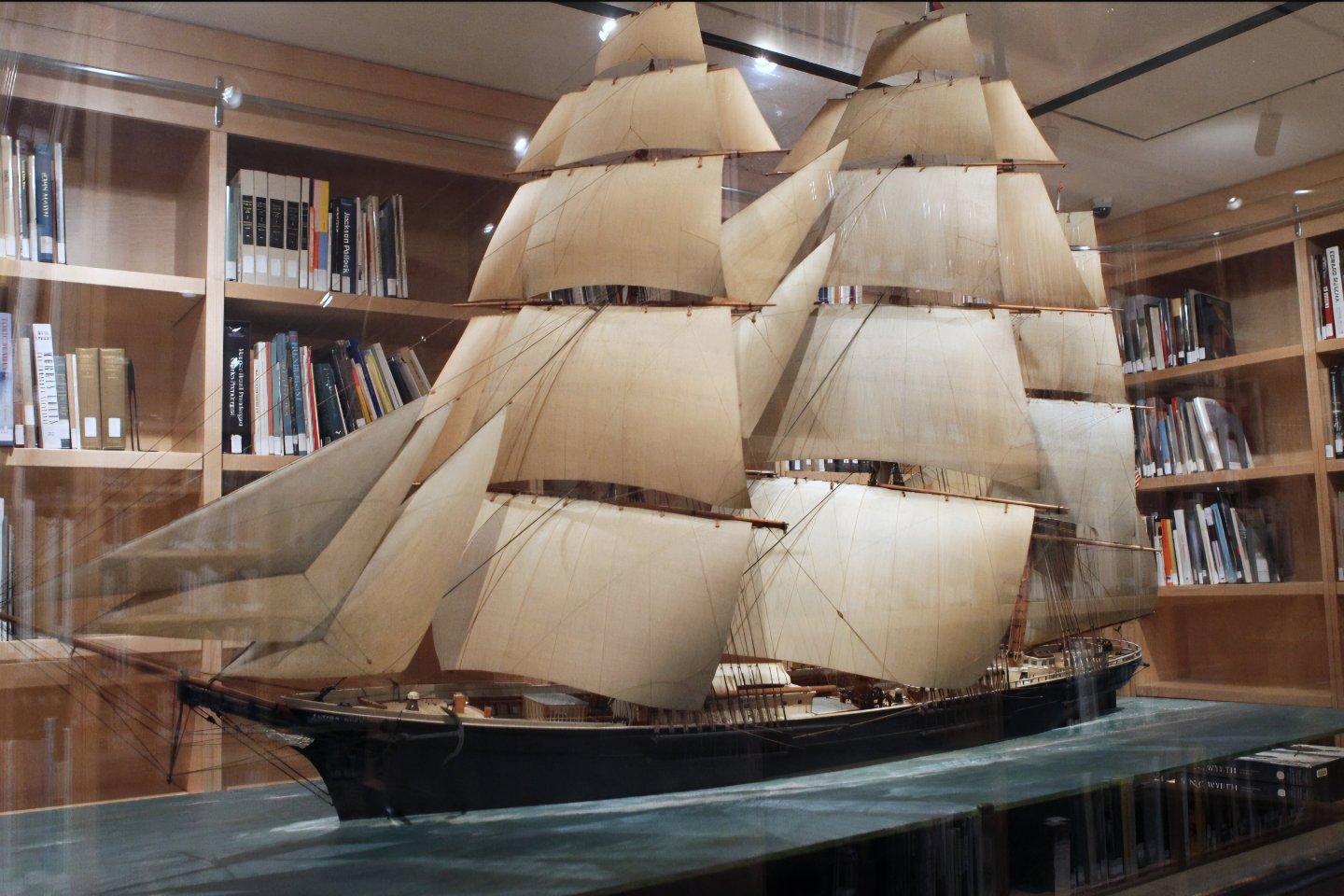-
Posts
2,168 -
Joined
-
Last visited
Content Type
Profiles
Forums
Gallery
Events
Everything posted by ClipperFan
-
@sob You're correct. In his Nov. 19th, 1896 letter to Captain Hall, Cornelius refers to his hand crafted Staghound builder's Model as being the sole surviving one of its type. He states that some surviving fancy models of his father's ships may be laying 'round somewhere but all of the working models were destroyed a few years ago. Since his dad died on Sept 20th, 1880 sixteen years earlier, this conclusion seems quite accurate. In his McKay biography, Richard reported that his relative Donald when late in life, broke, discouraged and to avoid freezing to death out of desperation resorted to cutting up and burning his working Models as firewood! Cornelius also wrote that he knew of no other correct model of his father's clipper ship existed. He made it himself from the lines of the ship as they were laid down on the Moulding loft floor. He also mentioned that he made drawings of her as well. I'm still trying to relocate them as they may be in the PEM, Salem, MA. Intriguingly, Cornelius adds that often the first working Model was most always altered on the Moulding loft floor in the process of laying lines down and then builders kept records of their revisions in offset tables. That implies more often then not, even a builder's working Model didn't exactly match the vessel as eventually built. Cornelius emphasized the uniqueness of his builder's Model as his was taken directly from the final lines of the clipper ship as she was actually being constructed. This makes the Cornelius McKay Model and drawing the absolutely most accurate version of Donald's California clipper fleet in existence. I have in fact discovered two working Models of McKay clippers in the Museum of Fine Arts, Boston, MA. They're the final extreme California fleet clipper Romance of the Seas apparently crafted by George B. Upton and McKay's sole, four decked monster clipper, the four masted barque Great Republic. I edited the original to give a closer look.
-
@Kenchington Trevor, I corresponded with a very generous lady at the Bostonian Society by email. Besides many wonderful pics of the original 1850 half-hull model, she sent me digital copies of the entire Cornelius McKay typed and handwritten letters. An intriguing fact is that Cornelius mentioned he included line drawings of the ship as well. She also included an ultra rare Chinese export painting on Stag Hound as well. In respect, I've left their watermark on although I later secured another for $25.00 watermark. In the highly detailed appendix of Richard McKay's book, he mentions that The Peabody-Essex Museum, Salem, MA has the only Donald McKay manuscript which he was preparing for a planned European trip for marketing purposes. A single example is the beautifully detailed construction illustration of the twin packets Star of Empire and Chariot of Fame.
-
@sob in this particular case, we have direct confirmation that Donald McKay's son Cornelius crafted his builder's half-hull model from the molding loft floor. Here's the excerpt written in his own words. This is from his letter to Captain Arthur H Clark when he turned over his hand crafted builder's model to him. This comes from Richard McKay's book "Some Famous Sailing Ships and Their Builder Donald McKay."
-
@rwiederrich Rob, your hull is already shaping up to be the most accurate one ever produced. As proof, here's an image of the beautifully crafted 1850 extreme California clipper Stag Hound done by Cornelius McKay as compared to a couple progress pics of your hull. To remind everyone, Cornelius carved his meticulously accurate 1:48th scale 4 foot half-hull model from the actual lines lifted from the mold floor as the vessel herself was being laid out. Besides being recognition of your abilities it's also a tribute to the incredibly hard work and research of @Vladimir_Wairoa in his CGI reconstruction efforts. Accuracy is uncanny.
-
@Kenchington Trevor, my first thought was sadly how America's disgraceful lack of attention to historic ships. Poor Falls of Clyde which had been fully restored in the late '60s has been so severely neglected that she's just about lost forever. I remember seeing this magnificent 4 masted ship was often seen as a background vessel on the original "Hawaii 5-0" TV show. Meanwhile the SS United States still blue ribband record holder for the fastest Atlantic passages is being prepared to be sunk when she's still seaworthy. Thanks for sharing this, it's always nice to see a vessel treated with the respect she deserves.
-
@sob if that was the case, then the height of the inner forecastle deck on Glory of the Seas should have been almost 8 feet. It was not. Author Michael Mjelde sent us a specific article, actually correspondence between ship's owners and prospective installer of a new windlass. As accuracy was critical to ensure proper fit, ship's surveyors were hired to measure exact internal forecastle deck dimensions. They reported that the height was precisely 5 feet, 9 inches. Since all deck thickness was 3 & 1/2 inches, that put upper forecastle deck height at 6 feet 1/2 inch. Consistent with the 6 foot main rail height of the ship. I have no idea where Crothers sourced his information from but this is documented fact supplied by author Michael Mjelde. He's spent six decades interviewing captains and crew of Glory of the Seas and has receipts to support every fact he supplies us with. I do agree with Crothers assertion that deck orientation was kept level. But an article shared by Michael Mjelde (of which I have a copy saved) tells me that even with level decks, since they apparently followed plansheer line closely it's just not possible that roughly two feet of height could be added over the length of a vessel.
-
@Kenchington thanks, Trevor for the kind words of encouragement. I've learned a valuable lesson from my mistake. Quote articles verbatim, especially when dealing with damn near 175 year old write-ups covering unfamiliar nautical terms. I inadvertently ignited a firestorm of controversy which I'm now working to correct. However, when you refer to evolving research, that's precisely what our Glory of the Seas group did with intense focus on achieving meticulous accuracy. @rwiederrich and @Vladimir_Wairoa spectacular results are proof positive of our roughly 2 year investigative, collaborative efforts. In reality, it is actually a culmination of author Michael Mjelde's 60+ years dedicated research into this one clipper. That experience led us to further insights that we're now working to share with the greater modeling community. Our "north star" both in our medium clipper Glory of the Seas reconstruction and now extreme clipper Stag Hound reconstruction remains to be as faithful as possible to historic accuracy. It's our singular goal to finally do justice to the true appearance of McKay's fabulous vessels. True confession: it's always bugged me how unfinished models of any McKay clipper appeared. Look at any one and invariably you'll see a bare unadorned stem with a figurehead awkwardly tacked on almost as an afterthought. Compare a Flying Fish, Flying Cloud & Sovereign of the Seas model to any Scottish tea clipper Cutty Sark model and you'll see what I'm talking about. The bonny Scottish tea clipper still exists, so models of her have her cutwater and all accurate bow embellishments to reproduce. Imagine if some modeler just decided to portray her with just a bare stem and tacked on "Nannie" the witch figurehead to it. Nobody would buy it. Yet there have been hundreds of McKay models produced just like that without consideration as to how this would have been handled on the real ship. Seeing multiple pictures of these large bow structures on Glory of the Seas became a revelation to Rob and I. These massive structures are actually the navel hoods which McLean had been describing so vaguely going back to Stag Hound, McKays pioneer clipper of the California fleet. However, historic documentation and illustrations have existed all along proving otherwise. Since this is Rob's Stag Hound build log, out of respect I will start with her. The earliest known illustration of her comes from 1913 "Some Ships of the Clipper Era" by State Street Trust Co, Boston, MA. At her bow can be seen a crude image of a leaping dog with carved embellishments behind. I'm in awe of the incredible nautical research and precise artwork of Bjorn Landstrom's in his 1961 publication "The Ship." His portrayals of the Norman conquest vessels derived from the Bayeux Tapestry are nothing short of amazing. Tracing her lines from Henry Hall's "Report on the Ship Building Industry of the United States 1884" I recreated Stag Hound's entire bow, including stem, naval hood, cutwater and leaping canine figurehead all as described by Duncan McLean in his December 1850 "Boston Daily Atlas" article. All elements are drawn precisely to 1:96th (1/8"=1') scale to aid Rob in his modeling efforts. As I wrote earlier, McKay's unique bow structure has been historically documented and illustrated all along. You just need to know where to look. Big American clippers were all the rage in the mid 19th century. Just like today, people want to see what these incredible ships looked like. Like Stag Hound before her, when she was launched about 4 months later Flying Cloud was the largest merchant vessel in the world. Naturally her launch drew a monster crowd to cheer her off. A large woodcut illustration of her was produced. Probably the earliest known illustration of her. Look closely and you'll see her navel hood and cutwater supporting her trumpet bearing winged angel figurehead. It's dark but there's a small triangular device just above and behind her figurehead. The lines for this piece are all vertical while the rest are horizontal. The planksheer line forms the top of the navel hood. The area underneath the angel is her cutwater upon which the angel stands. Exactly like we see far more clearly in the 1869 clipper Glory of the Seas 18 years later. Following the same procedure as I did with McKay's first clipper, I then reconstructed Flying Cloud the same way. Again Hall's lines from the same publication were utilized for tracing. Some may dispute this but I feel this is fully faithful to McLean's entire description as well as more than one historic image of her. Just before her bow is a 1:96th (1/8"=1') scale to which this sketch is drawn. Comparing the two you can see how McKay advanced his bow design. Another rare on site sketch by Edward Meyer Kern of Flying Cloud was done on June 1854 when she was laying off the Coast of Whampoa, China. It comes courtesy of the Museum of Fine Arts, Boston, MA. I've enlarged it to show that this too has a gold carving embellished naval hood above and right behind her practically horizontal trumpet bearing figurehead. Anyone familiar with the challenges of drawing on scene will recognize how a ship's curving shapes affect perception. Here, the sheerline seems to get narrower and go uphill, while the navel hood is too thin. That's not how the ship is designed, it's an optical illusion caused by flare of the bow captured quite effectively by the artist. Two other paintings also clearly depicted carved navel hoods with a trumpet bearing winged angel. Here are bow details of these two pieces. Four independently produced artistic works all conclusively support the same bow structure. Counting Champion of the Seas once again the largest merchant vessel in the world, that's now 3 McKay clippers with visibly consistent evidence of the unique bow. Incidentally I read in McLean's description of her that as her stempost was vertical, her bow rake was 14 feet! The only way to support what was essentially a long projecting cutwater with larger than life sized figurehead would have had to have been sturdy, sizeable navel hoods. Since photography wasn't widely available yet, I've relied on contemporary art to do a lot of this research. Another McKay clipper which I mentioned before is the extreme clipper Lightning which had that mysterious blank space at her bow. Besides the Samuel Walters piece there's two other works which both show her gracefully curving cutwater. The first is a work: Lightning Swinging in the Tide, August 20th 1854 by artist DM Little, Moonee Pond, Victoria, Australia. Compare the forward profile of this work to the McKay sketch and you can see the effect of the cutwater. The second piece is a preliminary sketch with close up of the bow which displays the now familiar navel hood, cutwater with her original winged female figurehead. The color lithograph shows that the artist unfortunately went too far in illustrating gilded carvings of the navel hood practically concealing the more properly sketched version. So there have now been 5 various clipper ships, 4 early ones from 1850-54 which all had navel hoods installed in similar fashion to Glory of the Seas the one vessel for which we have the most obvious evidence of these unusual devices. A day later I remembered 2 additional vessels which were equipped with navel hoods, a cutwater and full-sized female figureheads. Donald McKay did a beautiful full-color structural illustration of the twin packets Star of Empire and Chariot of Fame. For some reason, he did an out of scale female figurehead sketch with indications of carved work. Again, just like in his extreme clipper Lightning he left off the navel hood and cutwater. Fortunately, there's a beautiful full color painting of the clipper ship Chariot of Fame which confirms she and her twin were indeed equipped with carved, embellished navel hoods, a cutwater and more accurately scaled female figureheads. Counting these twin packets, we have now confirmed at least 7 McKay vessels with this unique bow structure.
-
I must apologize for an error in judgement which caused some controversy in evaluating McKay's bow structure. I misquoted the word "navel" as "naval." Whenever a historic source is referenced, it should be quoted identically as to how it's written. Sailor, journalist Duncan McLean never used the term "naval" he used the other word "navel." My deepest apologies for any confusion this has caused.
-
These "naval" hood descriptions definitely pre-date cast iron hawse pipes which negated the need of such wooden reinforcements. When we refer to "navel" hoods, we are not introducing our own term for these structures, which have no relation to the old fashioned "naval" hood. We're merely requoting a term used by Scottish sailor and journalist Duncan McLean. Here are several examples of large American sailing ships and their bow treatments. Note that they all feature a cutwater which extends beyond the bare stem. All have a sheerline molding that advances beyond the bow and terminates below the bowsprit and in the case of figureheads runs up to about the shoulder.Great Admiral has an impressive carved, gilded cutwater, while her sheerline molding extends up above the figurehead, note there's no navel hood. In a similar way, Barque Amy Turner has a sheerline molding that extends up to the shoulders of her graceful female figurehead and she has a carved cutwater. Again no navel hood. The third merchant ship is another large sailing vessel, that I couldn't find identification for. She has a no nonsense billethead, which is at the end of her thin navel hoods which have some carvings on them too. Note how the navel hoods adhere to the hull before curving out and extending to the billethead. The ends of the navel hoods terminate at the billethead, while the modest base joins the hull just above her iron hawse hole. Meanwhile it appears like her sheerline molding has been extended in a straight line to the billethead as well. From three cast rectangular shadows it looks like she also had an old fashioned grid between her cutwater and the sheerline pole. Now compare these typical American vessels to what Rob and I now refer to as the unique McKay bow. While the sheerline molding extends to the tip of the navel hood, it's less noticeable due to the large sized navel hood below. Rob and I calculated the base depth to be about 3 & 1/2 feet. From this ultra close up of her November 1869 Glory of the Seas scene on the ways we realized how large these devices were. We know that the graceful Athene figurehead is documented as being exactly 7 & 1/2 feet tall. From her starboard bow scene we were able to determine that she projects at least 8 feet forward from the bow. Meanwhile the entire length of this structure is close to 16 feet, since it adheres so tightly to the curving bow. Beneath the Grecian goddess figurehead, where her feet are resting is the cutwater. It too projects about 8 feet from the bow. Having a cutwater extend that far outward would normally leave it vulnerable to being washed away by heavy seas. That's why McKay's solution is so ingenious. By essentially extending the strength of the bow and sandwiching stem and cutwater between these massive devices makes for a very strong prow. In addition the massive 24 foot long bowsprit mounted and lashed just above gets about 9 feet of added support at the base. So, while her lovely figurehead gets some shelter and a very strong mounting bar which attaches through her back, her feet get added support from a sturdy cutwater beneath. Now compare and contrast this eminently sensible, thought out bow arrangement to the many sad examples of McKay models with just a bare stem and figurehead awkwardly tacked on almost as an afterthought. I know which prow I believe makes far more sense. The only other example we have of an actual McKay bow is the 1854 Champion of the Seas daguerrotype. She was noted to have a full sized sailor with his hat in his right hand and his left extended in a friendly wave. Again we can see a razor sharp bow. The image is of an imposing, large clipper with a very sharp hull. Since the photographer had to be at a great distance from their subject in order to capture the entire vessel, much detail isn't so easily distinguished. Still, the sailor figurehead is inclined and there's a substantial gilded, carved device immediately behind and slightly below the figurehead. Rob and I immediately recognize this as the same massive navel hoods supporting a carved, embellished cutwater beneath. That means a McKay clipper from 1854 and one from 1869, 15 years later both had the exact same bow treatment.
-
When both @rwiederrich and @Vladimir_Wairoa did a re-evaluation of their aft forecastle deck height, we were looking for a little more supporting documentation to prove a higher bulkhead. In an aft scene on Glory of the Seas a ship's boy atop the boy's cabin faces us as we look forward. We discovered the ship's carpenter in a low crouch repairing a ladder. The molded forecastle bulkhead towered behind him. It was much higher than on their models. Michael Mjelde once again gave us the evidence we needed. He sent us an article with proof that internal height of the forecastle deck was precisely 5 feet 9 inches. Measurement was precise as done by surveyors who had to be accurate for new windlass installation. Putting forecastle deck height above at 6 feet, (since deck thickness was 3 & 1/2 inches) exactly as described by Duncan McLean in his article. That was also the Glory of the Seas main rail height. Which means, even if Crothers' statement that decks were kept level to maintain a safe working environment, they still followed main rail heights most likely by rising in increments. As a result, Rob and my assertions that McKay's earlier clippers with low forecastle heights had to have had sunken decks to create sufficient space for crew accommodations and enough space to mount a windlass below are still accurate. Providing such accommodations would mean the aft forecastle bulkhead would have been enclosed with windows to provide light and ventilation. We realize this may be considered controversial but it fits with historic documentation.
-
@sob Scott. I don't quite understand what you meant by you're not sure "the artist was in the right place at the right time." The actual inscription is on the painting itself done by the artist: "sketch of the AM. Clipper "Flying Cloud" laying off Whampoa" June '54 Kern delt. (artist: Edward Mayer Kern per Museum of Fine Arts, Boston) What brings you to be unsure of anything about the accuracy of this piece?
-
@sob Scott, as you're now starting to recognize, all these beautifully crafted models (Lloyd McCaffrey's is definitely the finest miniature) suffer from being inaccurate when compared to historic documents and original contemporary art. It's like the computer analogy "garbage in, garbage out." A shame too because there's no finer miniature craftsman then Lloyd McCaffery. In the case of Flying Cloud she again has a bare stem, no navel hood or percievable cutwater and as a result her angel figurehead sits awkwardly below the bowsprit. In addition, her hawse hole is typically too high and lacks the iron molding seen on Glory of the Seas which looks unfinished. I remember seeing deck scenes and her forecastle has no accommodations for crew either; with a windlass stuffed underneath where it would be practically impossible to service. He does model a correctly small rear portico entrance to the poop deck however. All these inaccuacies helps to drive home why Rob and I both feel so strongly that where possible the record needs to be set straight for current and future modelers. As your well developed site is a big draw and resource we hope you will ally with us in promoting these corrections. We believe that our years long investigative and slavishly faithful Glory of the Seas reconstruction can lead the way. Thanks in great measure to Michael Mjelde's six decades of research and help supplying us so many historic photographs. We believe this can lead all of us to a greater revelation as to the authentic appearance of McKay's clippers. It's the reason why I consider Glory of the Seas to be the "Rosetta Stone" of McKay clippers.
-
@rwiederrich Rob and @sob Scott, by the time McLean wrote his article, Flying Cloud would have been already launched. The line of the planksheer would have been fancy molding which continued as the upper molding of the navel hoods which both gradually curved inwards to a point just above and behind a figurehead's shoulders. The starboard broadside on Glory of the Seas shows this perfectly while the earlier Champion of the Seas daguerrotype confirms this but it's much harder to see due to the great distance and more oblique angle.
-
@sob Scott, as I said earlier, I do have great respect for the in-depth documents you have gathered for everyone in your terrific subco website. Case in point are these ultra rare paintings. Chinese export paintings are a favorite of mine since they're usually very colorful. It would be lovely view this piece in its original colors if it's possible. Meanwhile, again this monotone reproduction shows the sleek hull Flying Cloud had, again with a gracefully curving prow. Here her winged angel figurehead is unfortunately so blurry that she has a bird like appearance. The vessel's portrayed with all topsails set, courses and royals fueled, two jib sails and her large spanked sail set. Old glory flowing backwards indicates she's sailing against the wind. Chinese export works like these usually had pre-painted backgrounds. The artist would paint the ship in according to the captain's wishes. Again a beautiful portrait of a lovely tall ship.
-
@sob Scott, since the museum said these are free to download, I felt it's OK to share them here. This is the June 1854 watercolor sketch of Flying Cloud anchored at Whampoa. As you said, very few on site paintings exist of her. Not surprising when you consider the busy life of a clipper and the fact that in order to capture a complete image, the artist would have to be a great distance away. That's taking into account that they're staring at a vessel which is over 200 feet long with an approximately 60 foot long bowsprit. At such a distance, specific details would be very difficult to make out. Having said that, it's still possible to discern a long, apparently carved and gilded device which terminates just behind and above an outstretched winged, trumpet bearing angel figurehead which appears to be all white with a golden trumpet. Note too how her razor sharp bow profile includes a gracefully curving cutwater which enhances her stem. Another fact which indicates this was drawn on site is that her jibboom has been retracted. What I find interesting too, is that she also had wooden ladders on her starboard hull similar to those on a man-o-war. This also shows she had a pure black hull with white painted stanchions supporting a rear poop deck rail. Since the artist's viewpoint is apparently at sea level, there's practically no deck details to make out. Overall, this is a lovely restful watercolor. It would be fascinating to see if this artist did any other works of this beautiful McKay extreme clipper.
-
@sob Scott, if you have any pictures of those other models, I'd love to see them. Meanwhile, I tried to lighten up the Champion of the Seas daguerrotype to make some details easier to see. This is the only other bow photo there is of a McKay clipper. Rob and I see a great similarity between this 1854 vessel and Glory of the Seas launched 15 years later. This tells us that, while he constantly revised his hull profiles in pursuit of improvement, Donald McKay was remarkably consistent in his bow treatments.
-
@sob Scott and @rwiederrich the large 1900s Boucher Flying Cloud models are my most favorite replicas. The realistic, lifelike depiction of her billowing sails is the most impressive I've ever seen. The second one is in the library of the Addison Gallery, Phillips Academy, Andover, MA. There are slight differences in the sail arrangements. Still, typical of all models, she has a few mistakes. Starting at the bow, there's no navel hood, practically no cutwater, her trumpet bearing angel figurehead, besides lacking wings is out of scale too large. The hawse hole is too high. She has no accommodations for crew in her forward forecastle which has a windlass stuffed in an area that's unworkable. Further back she has a rear portico which doesn't match that of Stag Hound described as a small square portico. Basically a simple entrance way to stern apartments below. Finally, she has dual poop deck capstans which were not mentioned by McLean.
About us
Modelshipworld - Advancing Ship Modeling through Research
SSL Secured
Your security is important for us so this Website is SSL-Secured
NRG Mailing Address
Nautical Research Guild
237 South Lincoln Street
Westmont IL, 60559-1917
Model Ship World ® and the MSW logo are Registered Trademarks, and belong to the Nautical Research Guild (United States Patent and Trademark Office: No. 6,929,264 & No. 6,929,274, registered Dec. 20, 2022)
Helpful Links
About the NRG
If you enjoy building ship models that are historically accurate as well as beautiful, then The Nautical Research Guild (NRG) is just right for you.
The Guild is a non-profit educational organization whose mission is to “Advance Ship Modeling Through Research”. We provide support to our members in their efforts to raise the quality of their model ships.
The Nautical Research Guild has published our world-renowned quarterly magazine, The Nautical Research Journal, since 1955. The pages of the Journal are full of articles by accomplished ship modelers who show you how they create those exquisite details on their models, and by maritime historians who show you the correct details to build. The Journal is available in both print and digital editions. Go to the NRG web site (www.thenrg.org) to download a complimentary digital copy of the Journal. The NRG also publishes plan sets, books and compilations of back issues of the Journal and the former Ships in Scale and Model Ship Builder magazines.

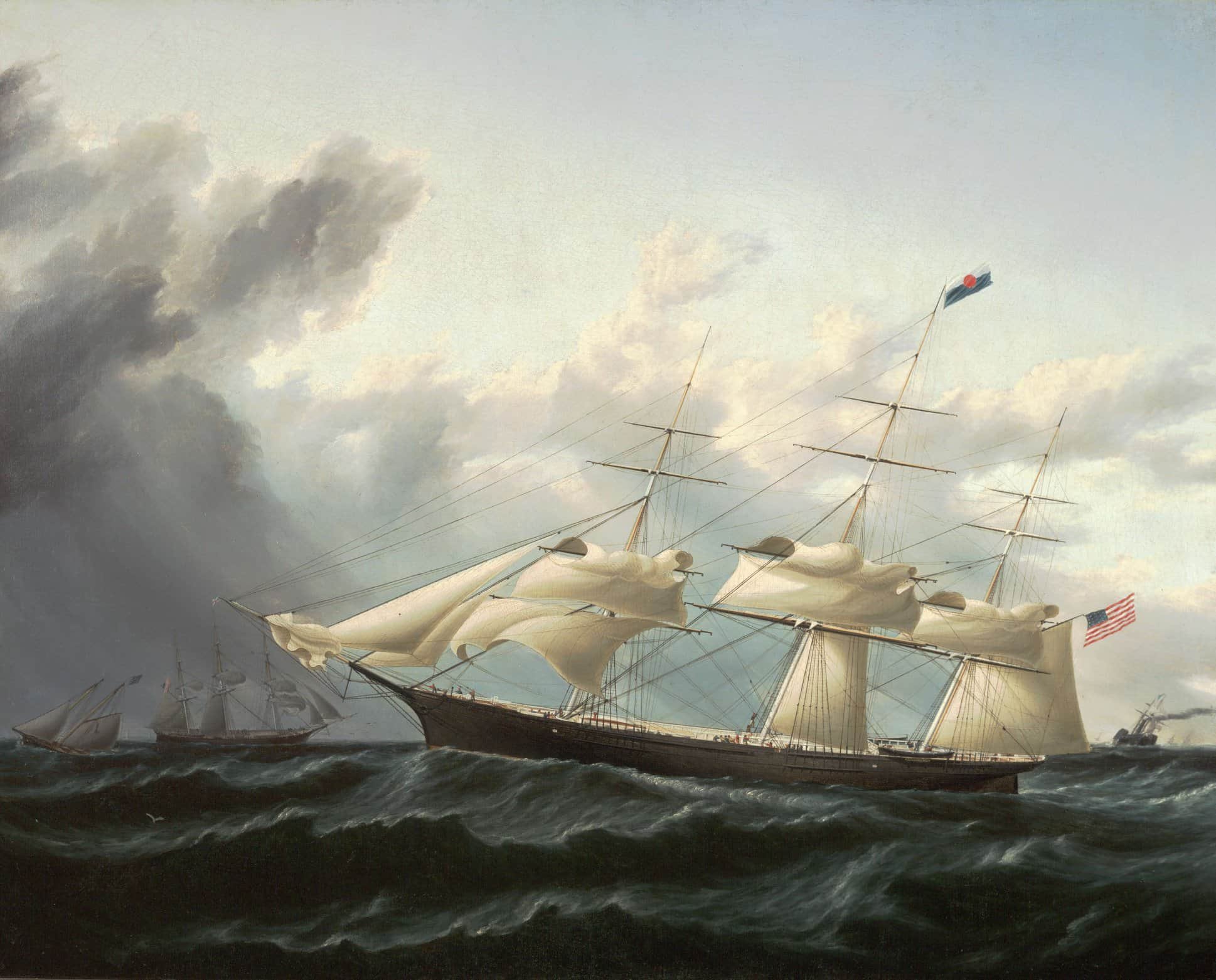

.thumb.jpg.ea7631656207d62c44c59ef79e6e76b2.jpg)
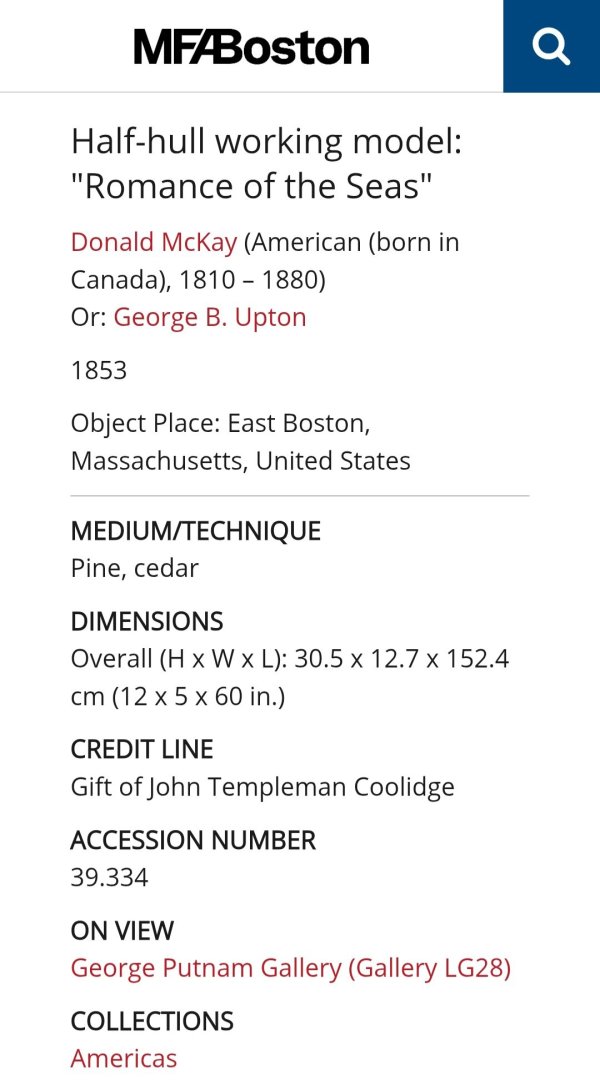

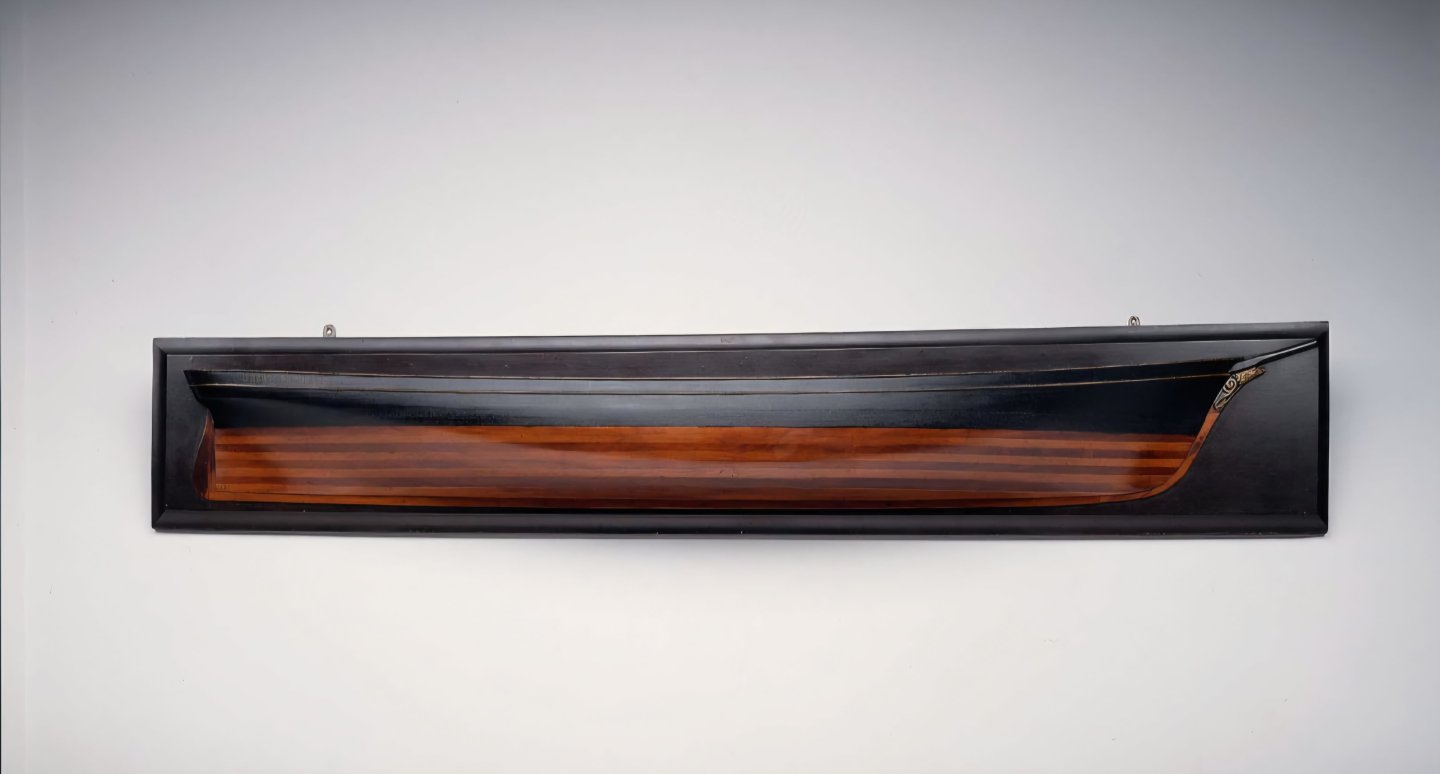
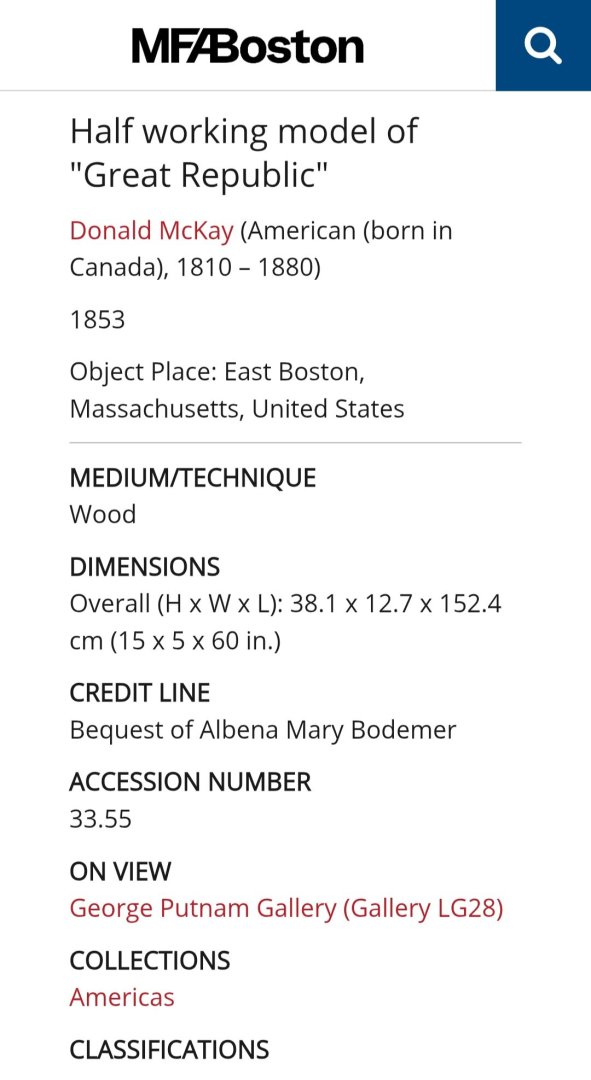


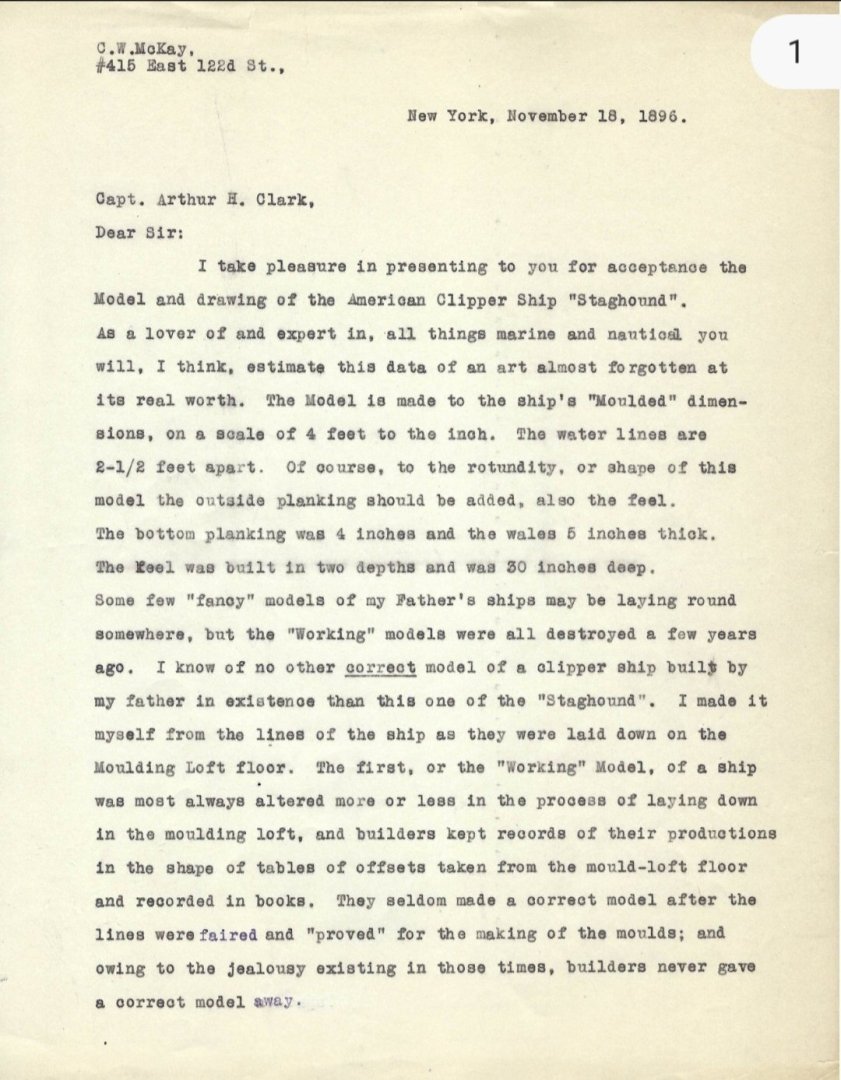
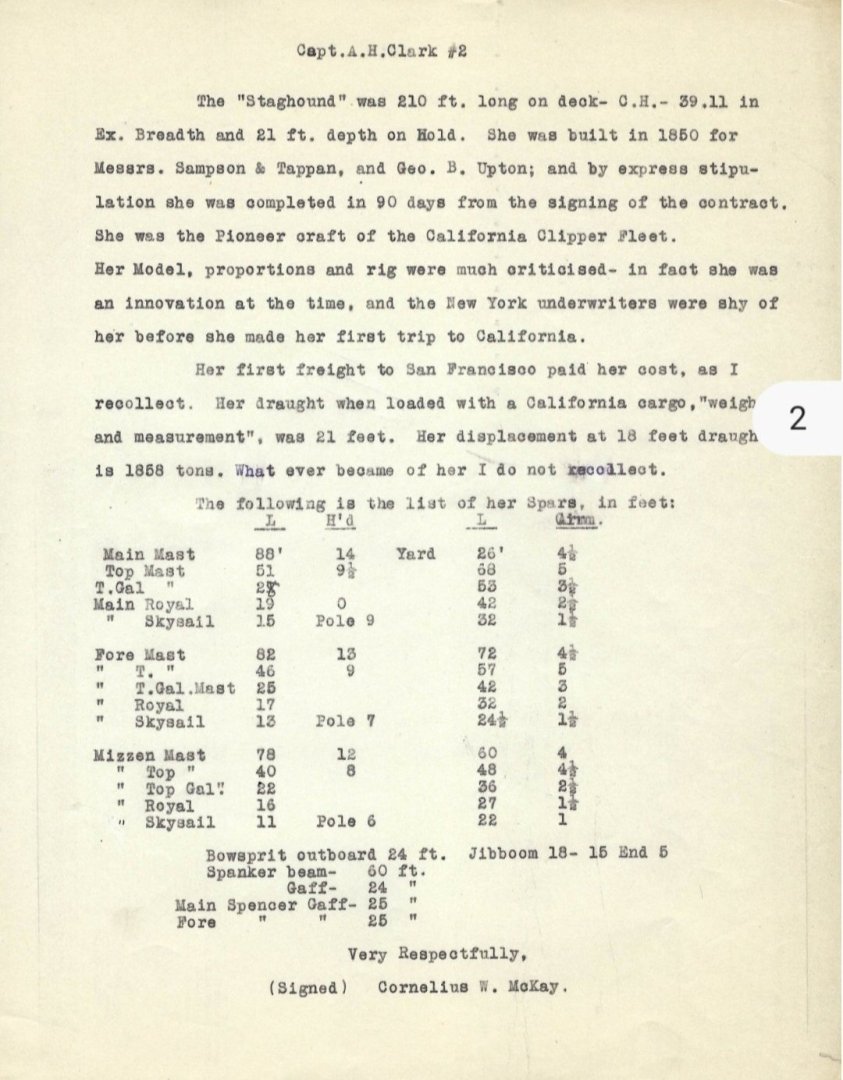
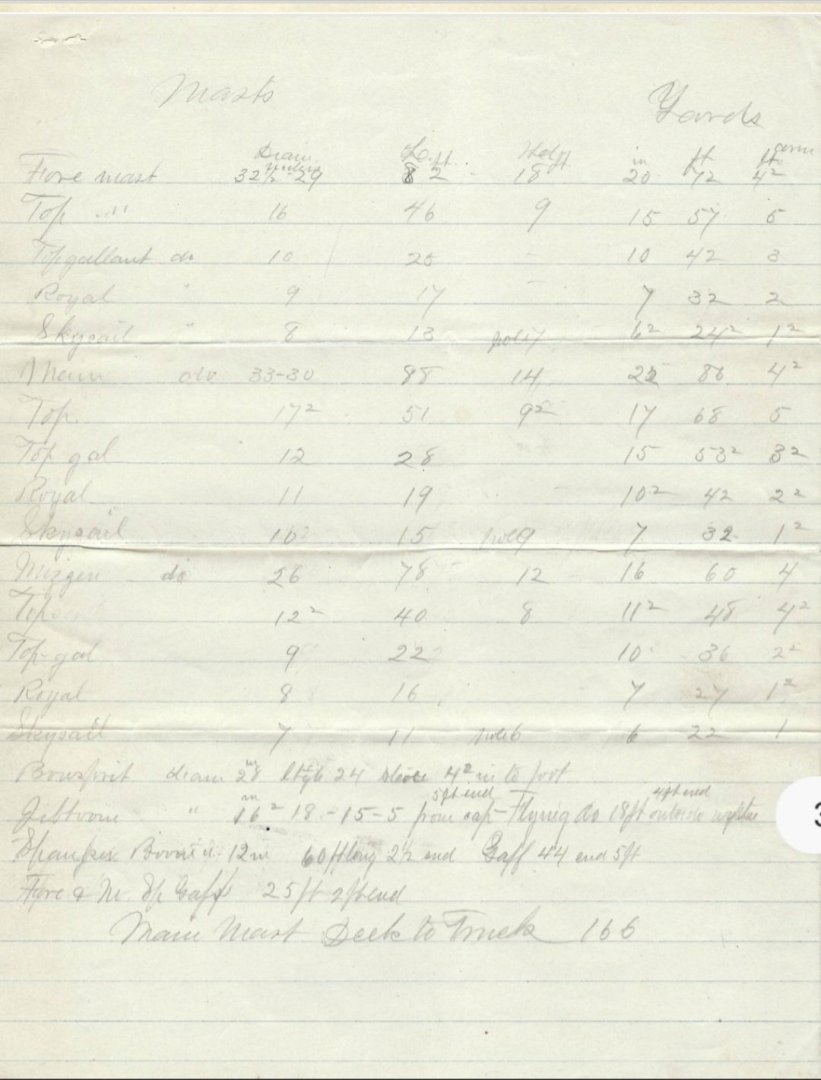
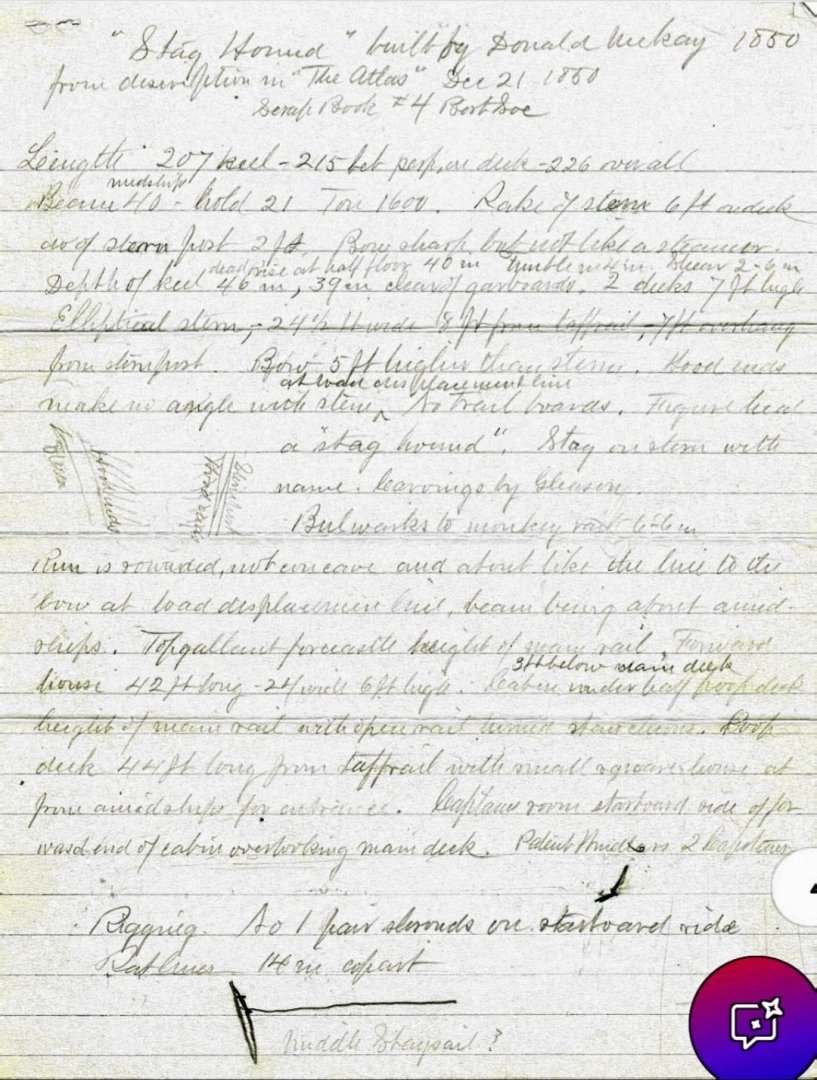

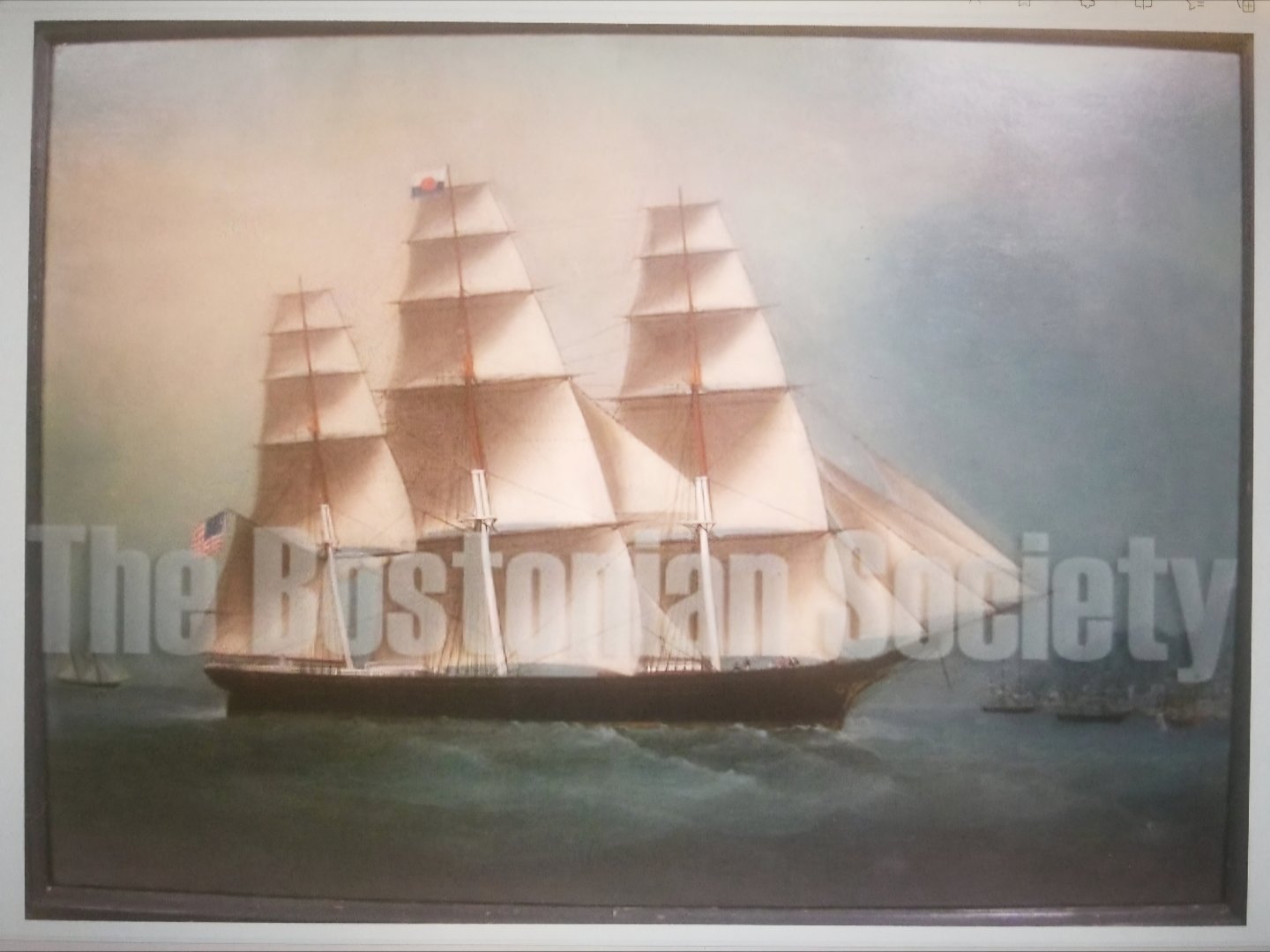
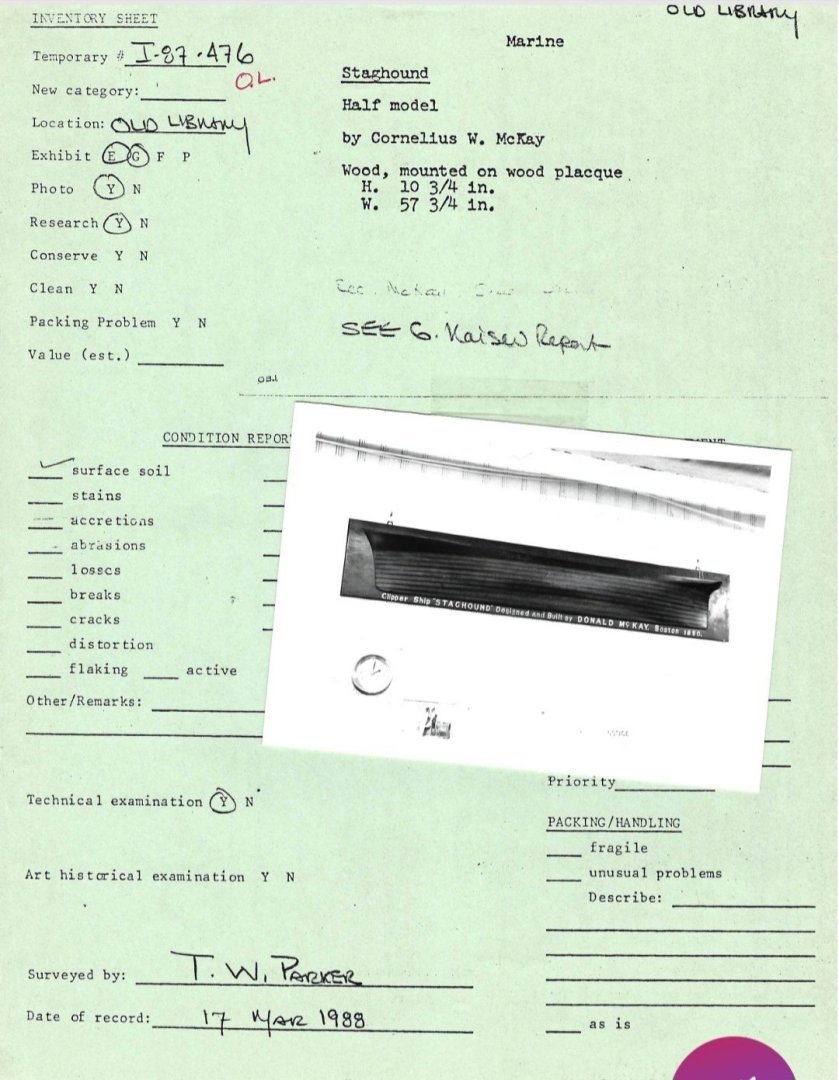
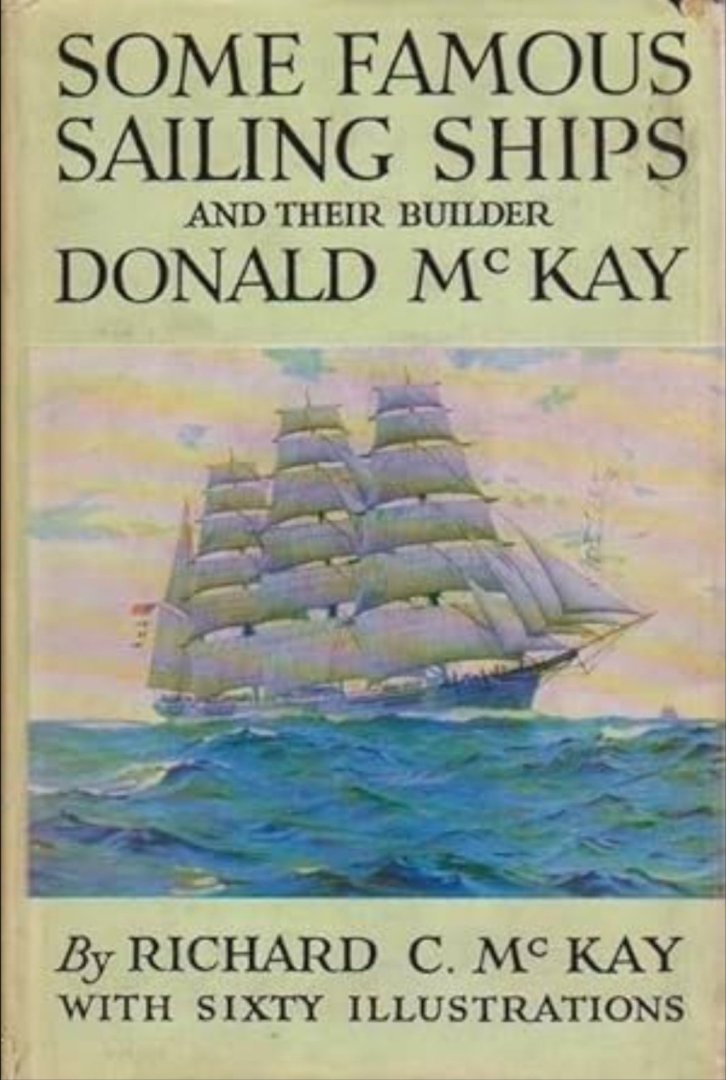


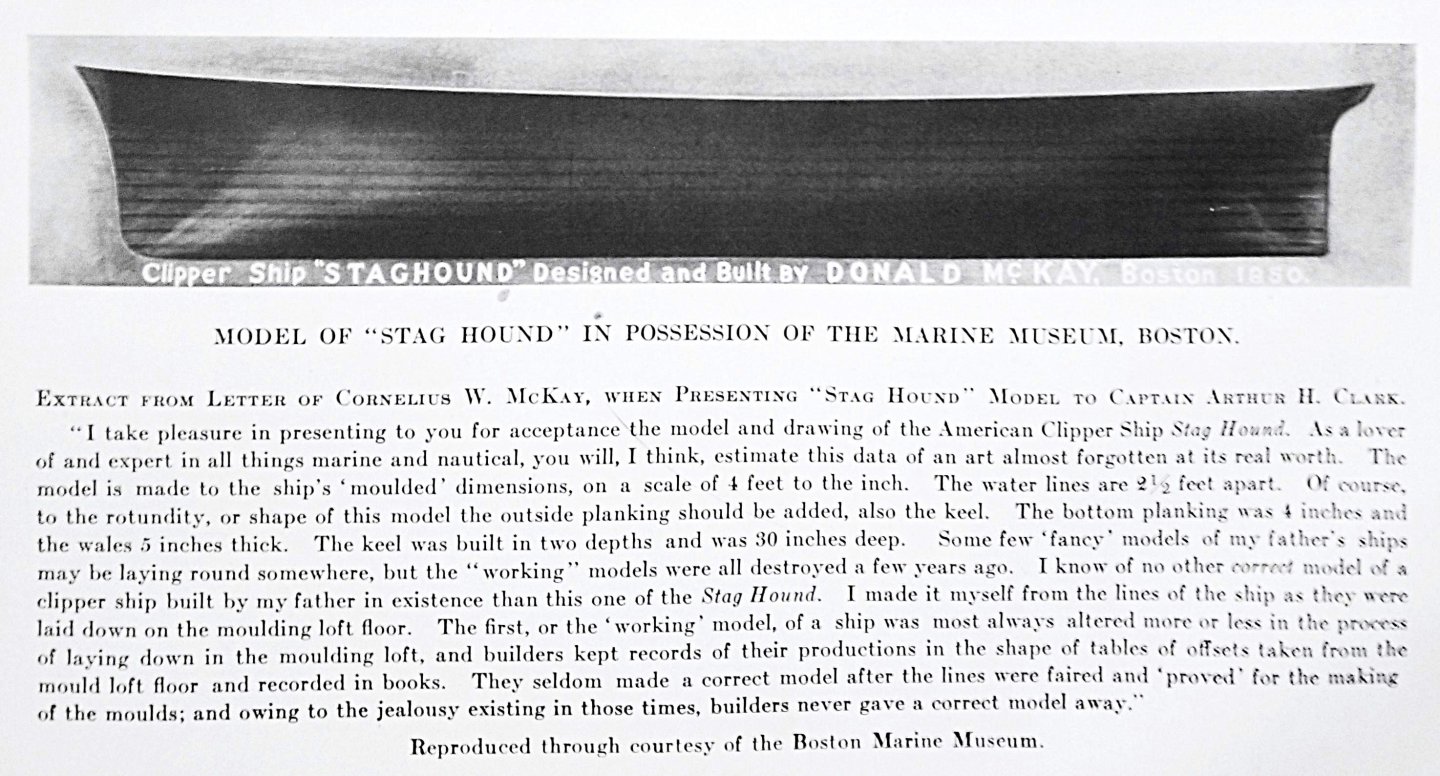
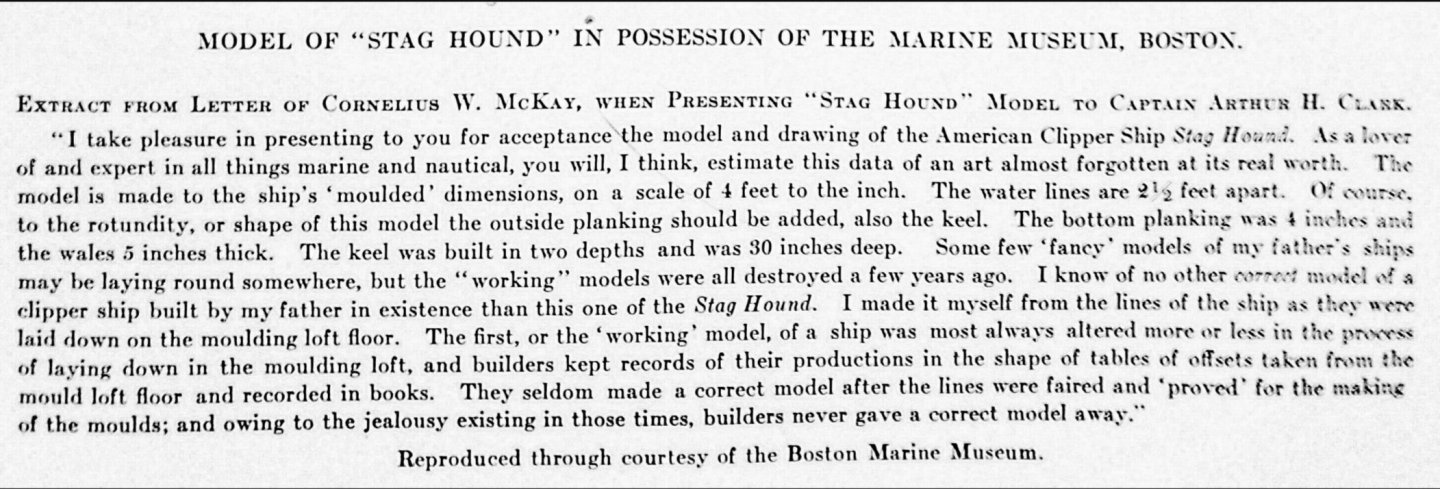
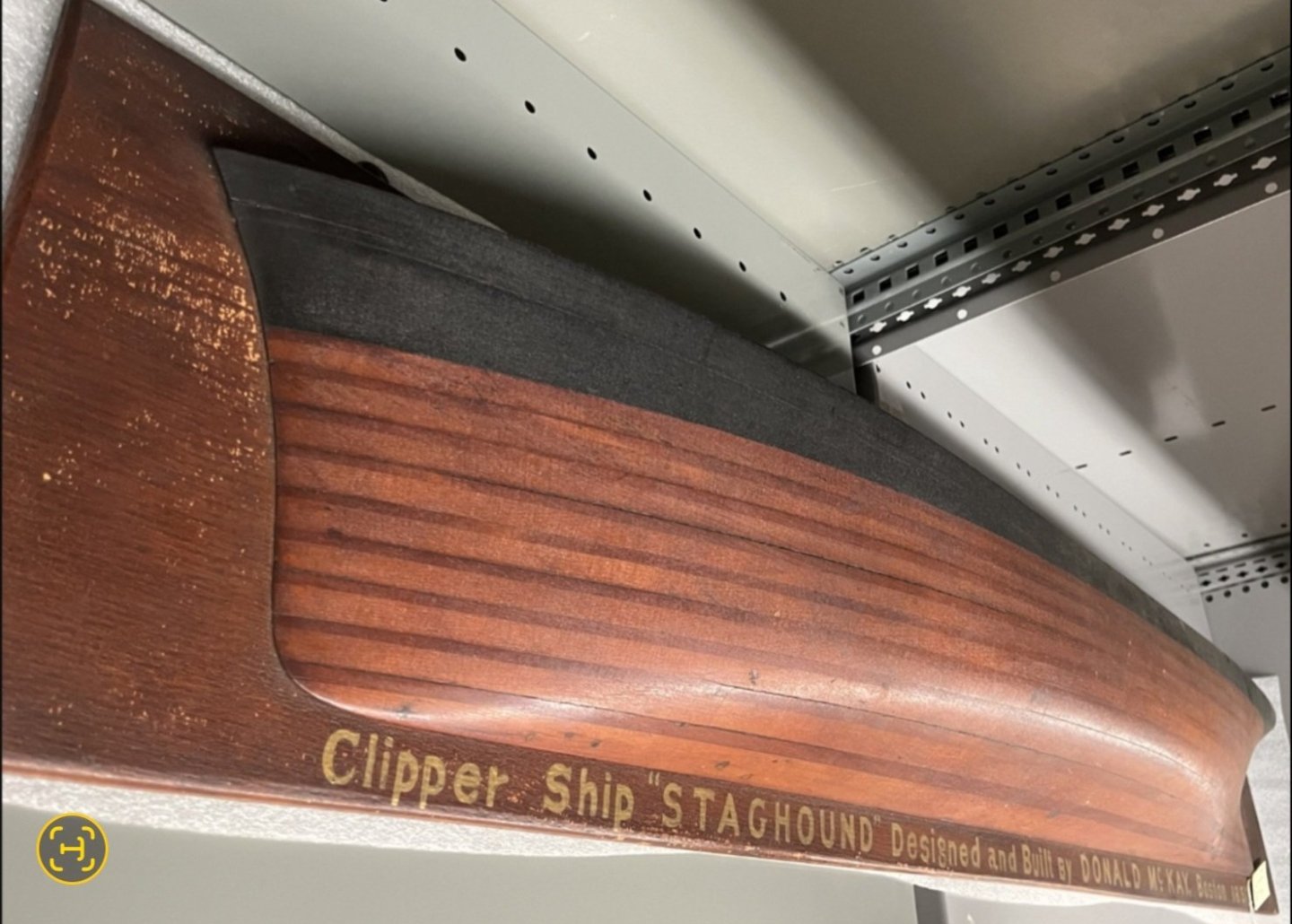
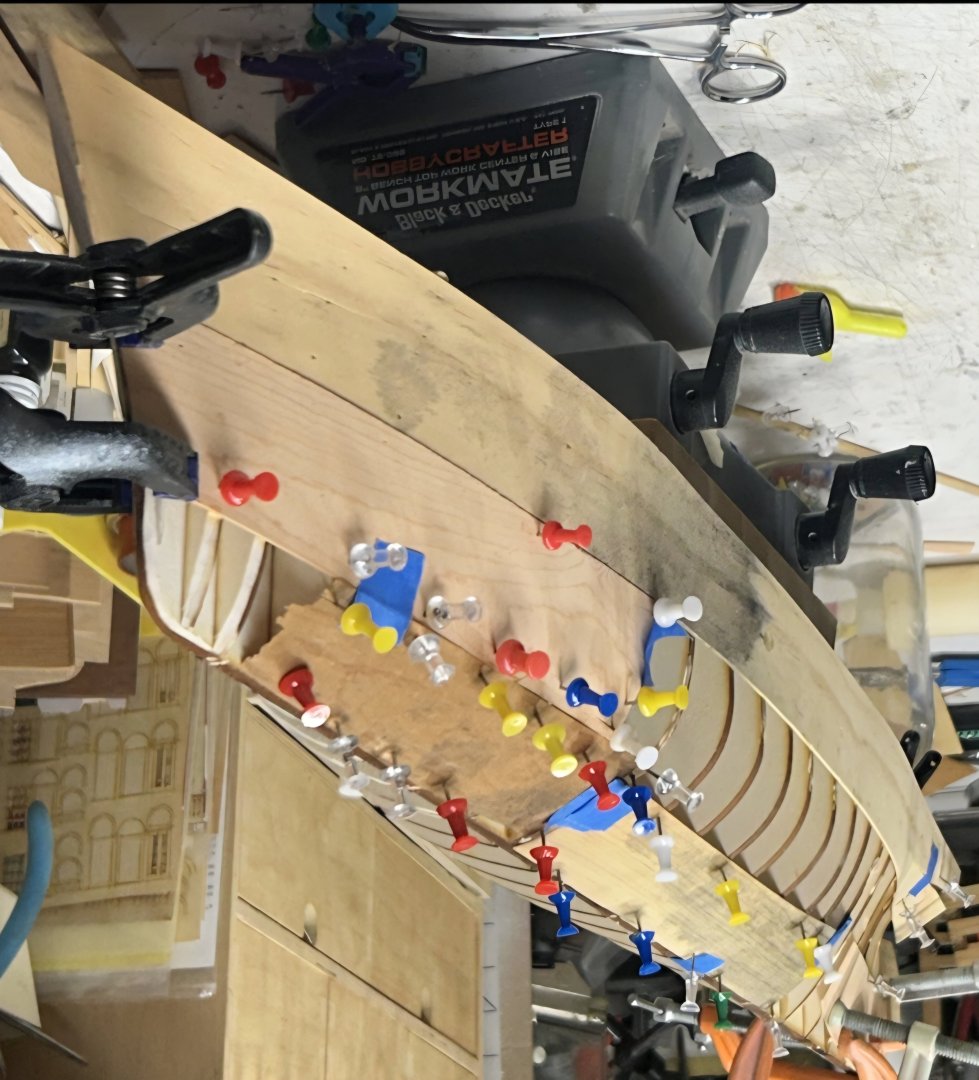
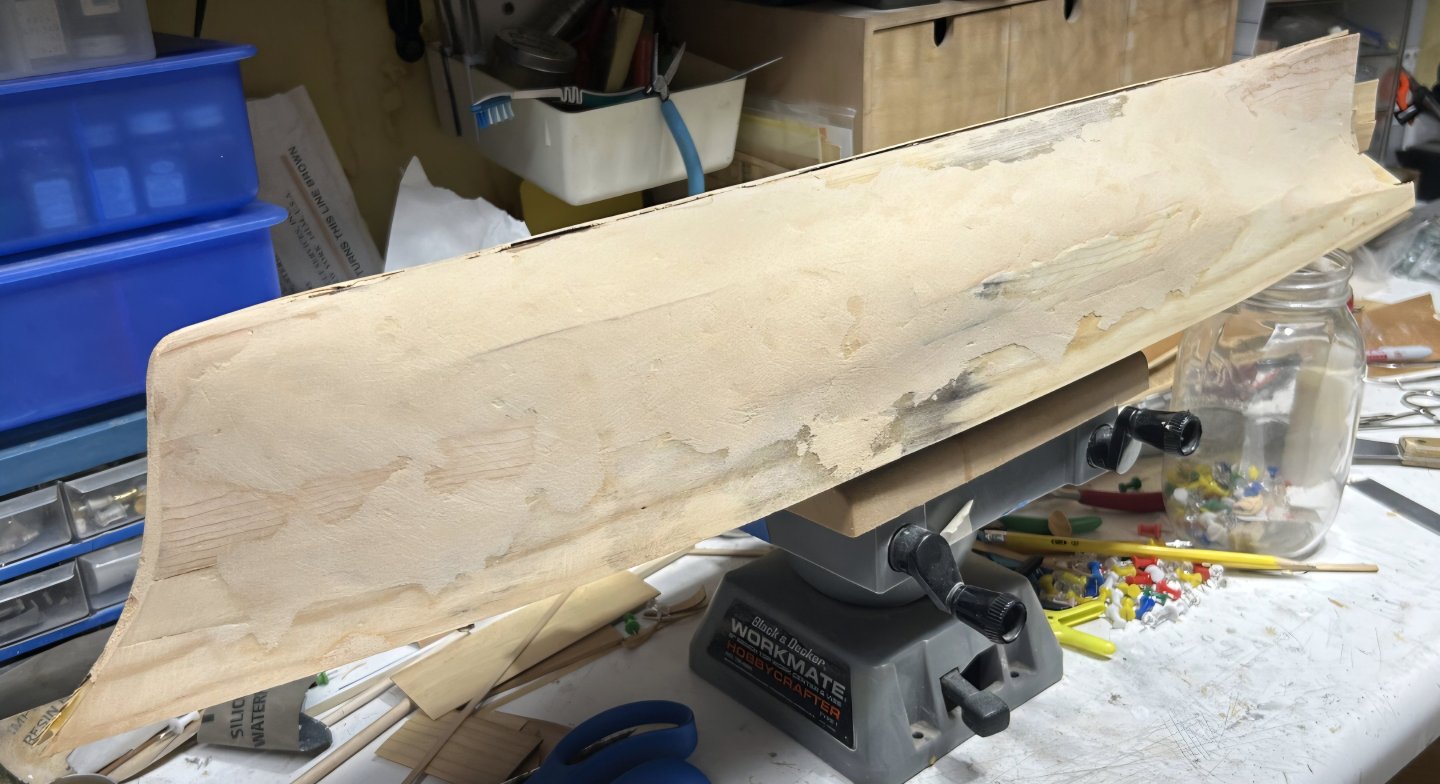
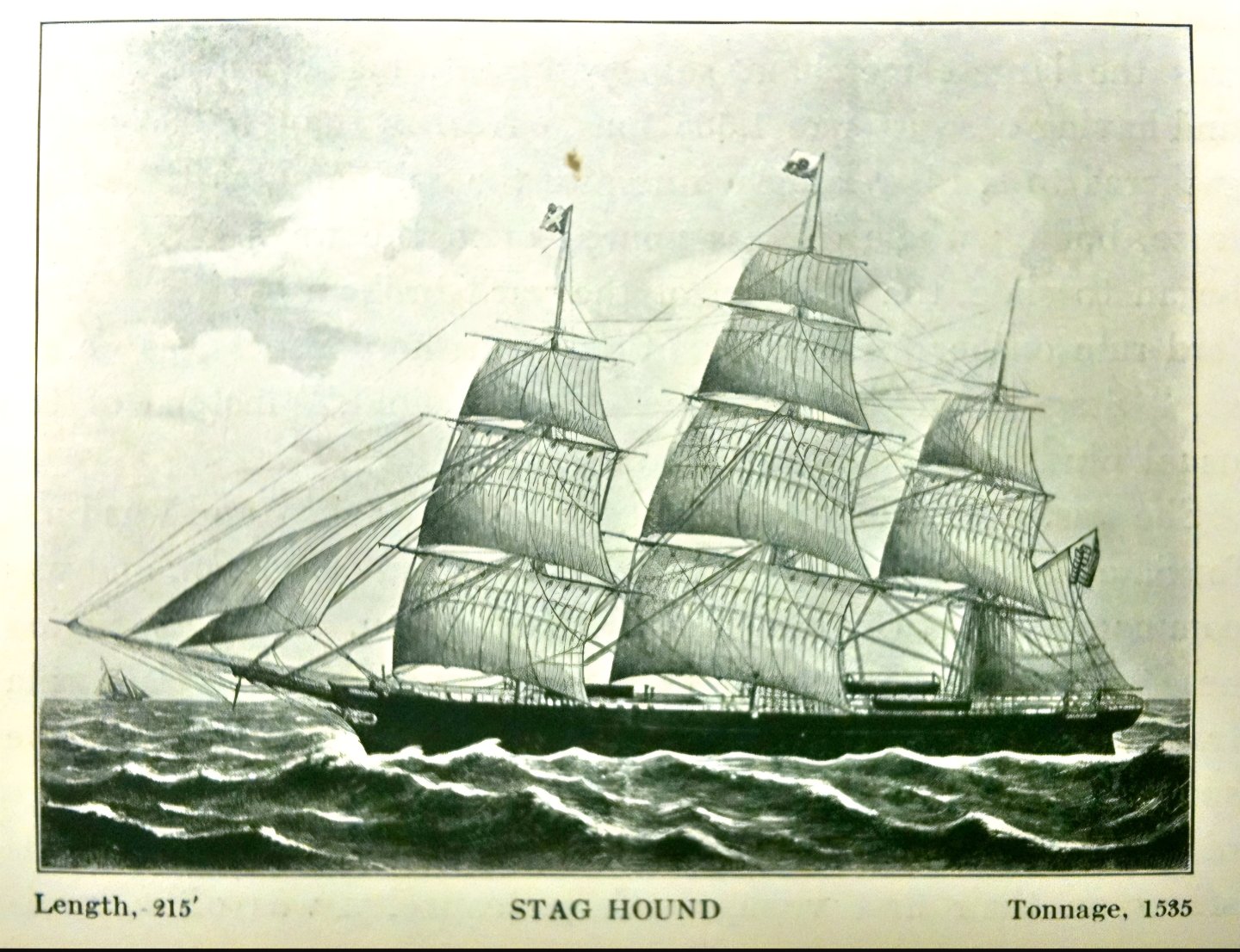
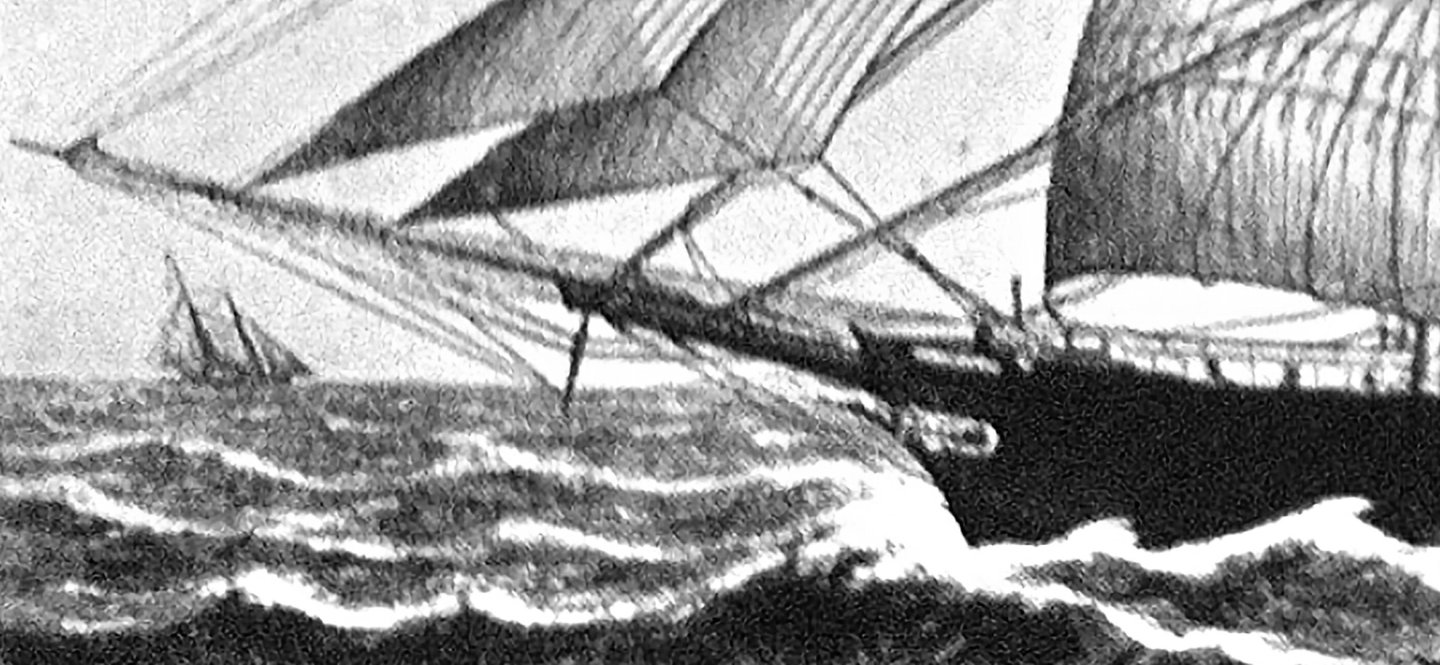
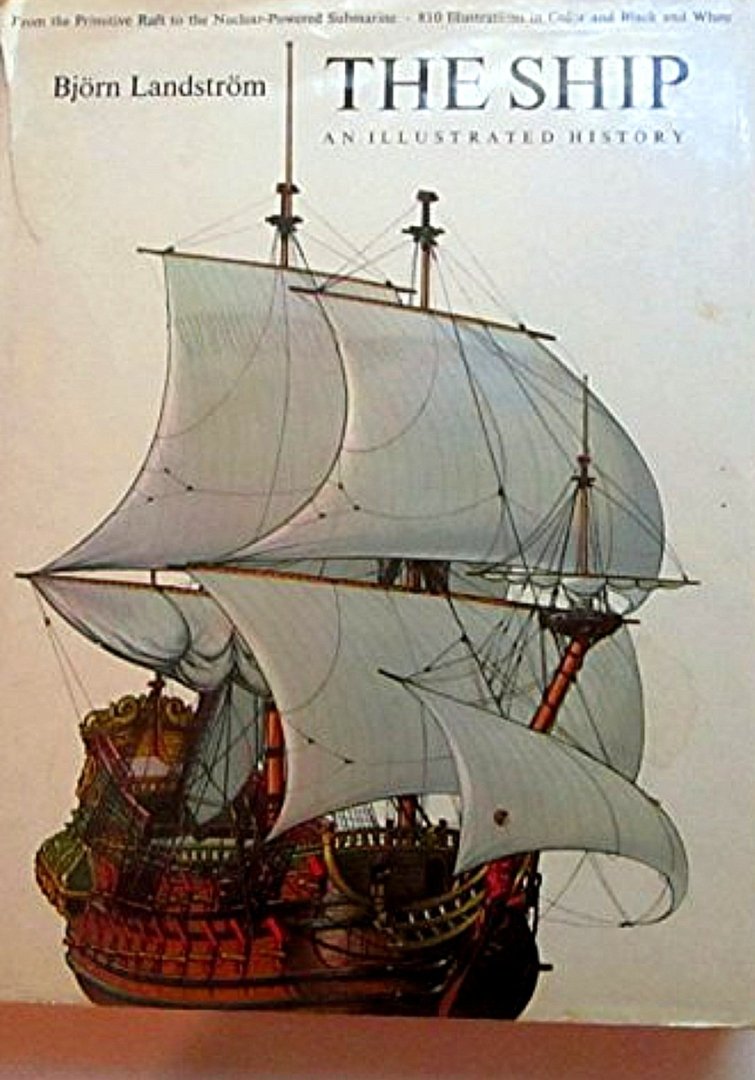
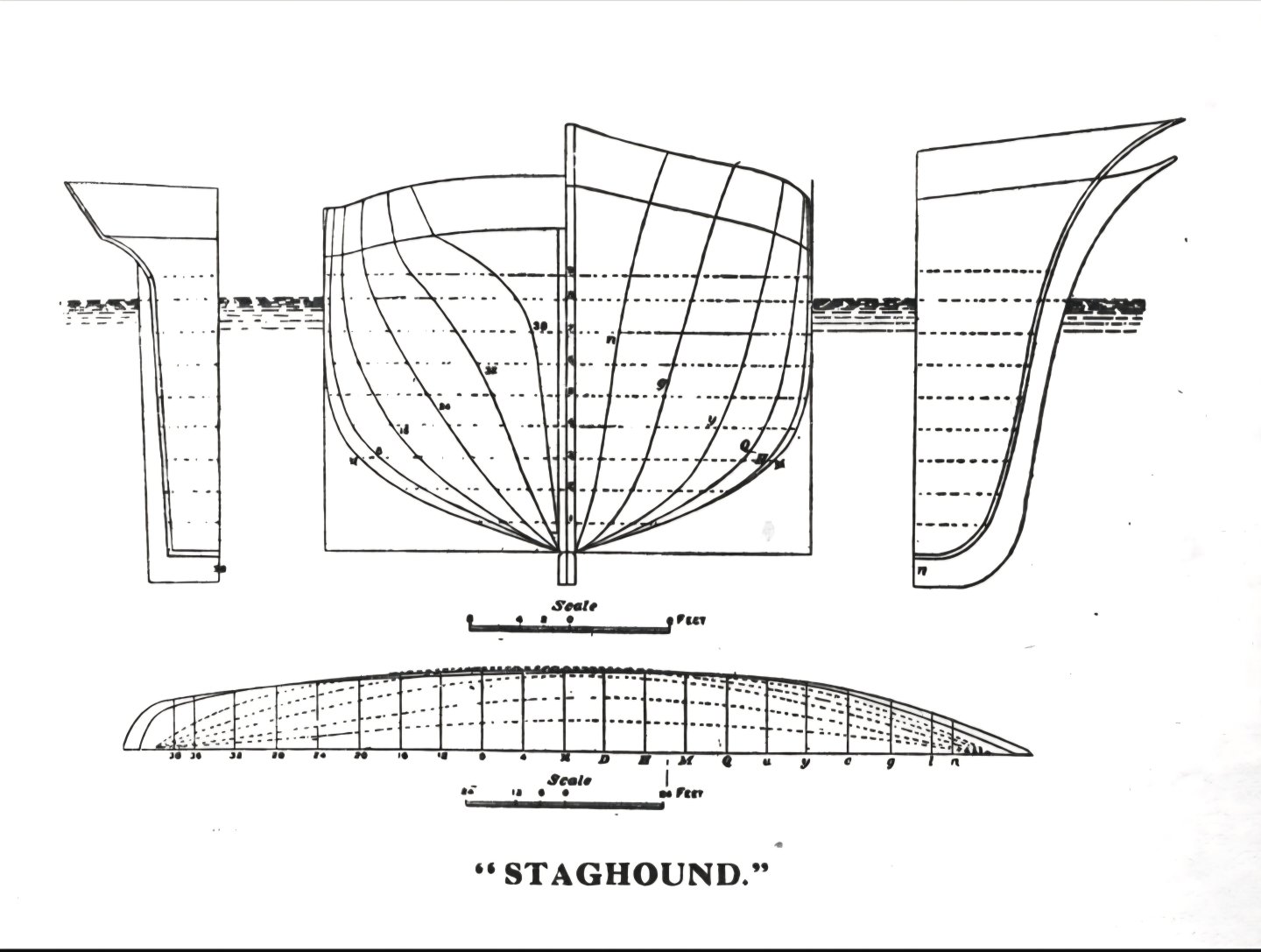
.thumb.jpg.12ec415b846edd73493d32d9a6fa492c.jpg)
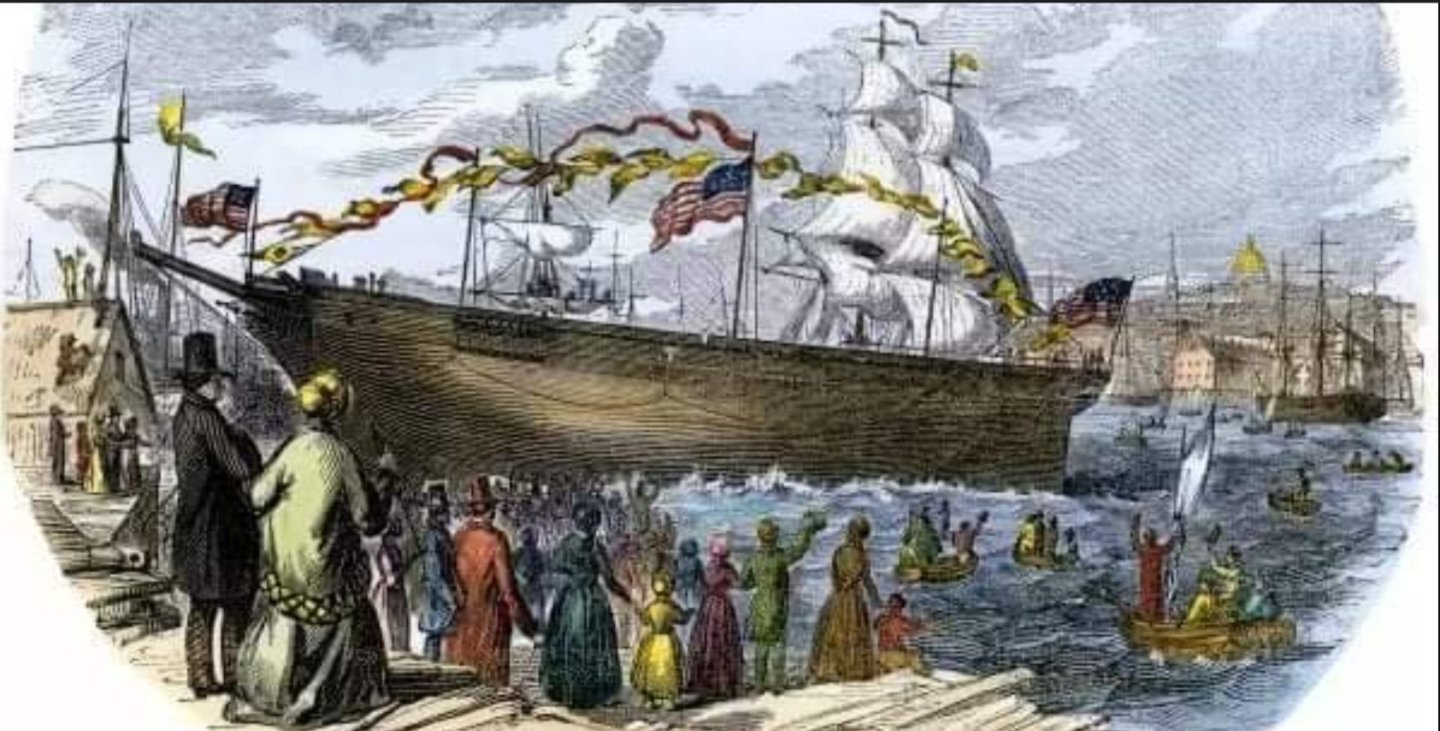
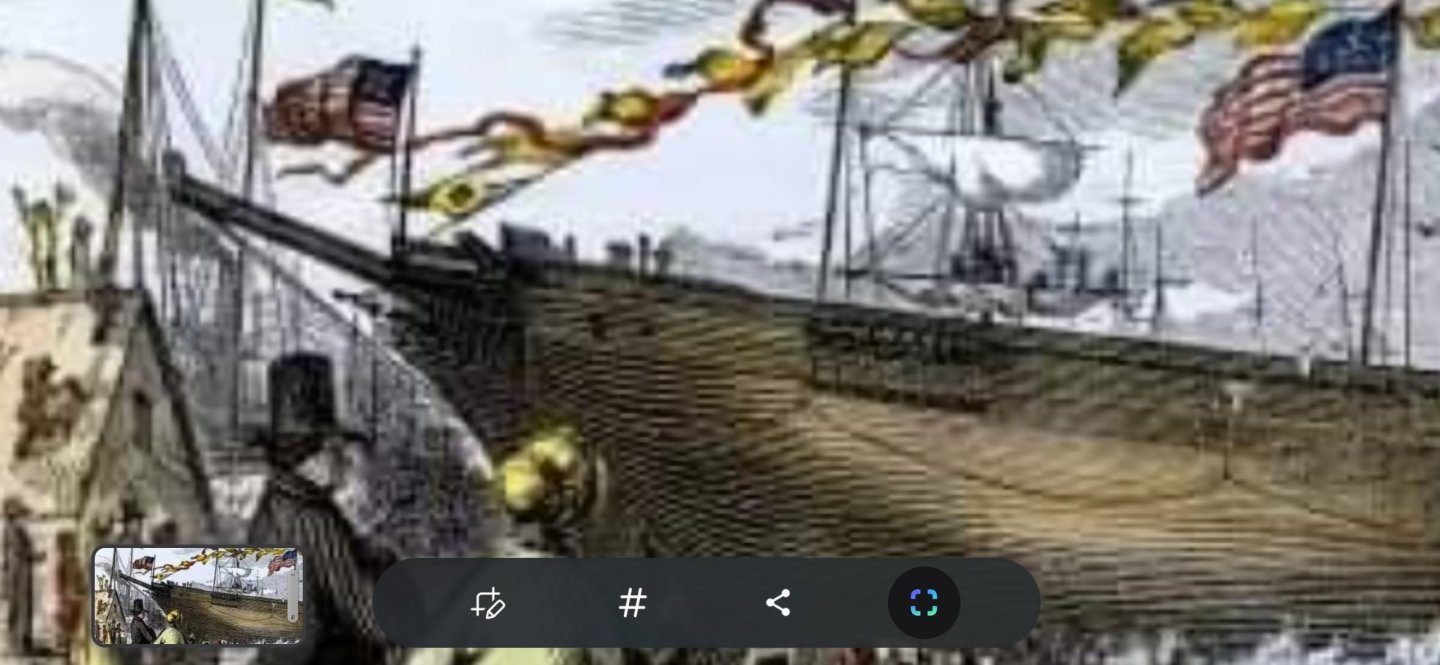
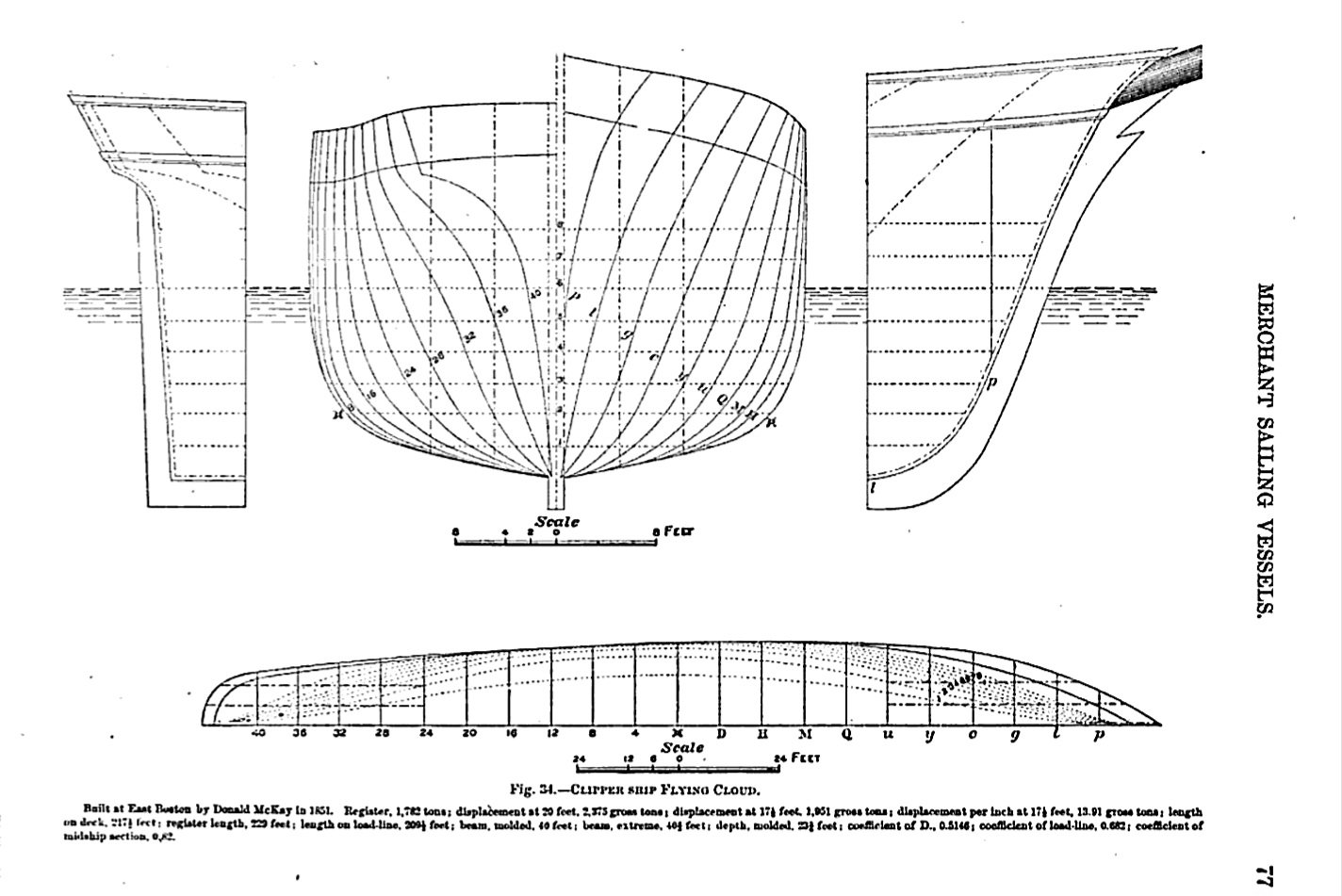
.thumb.jpg.310552e980879dab914f01ca75a727c6.jpg)
